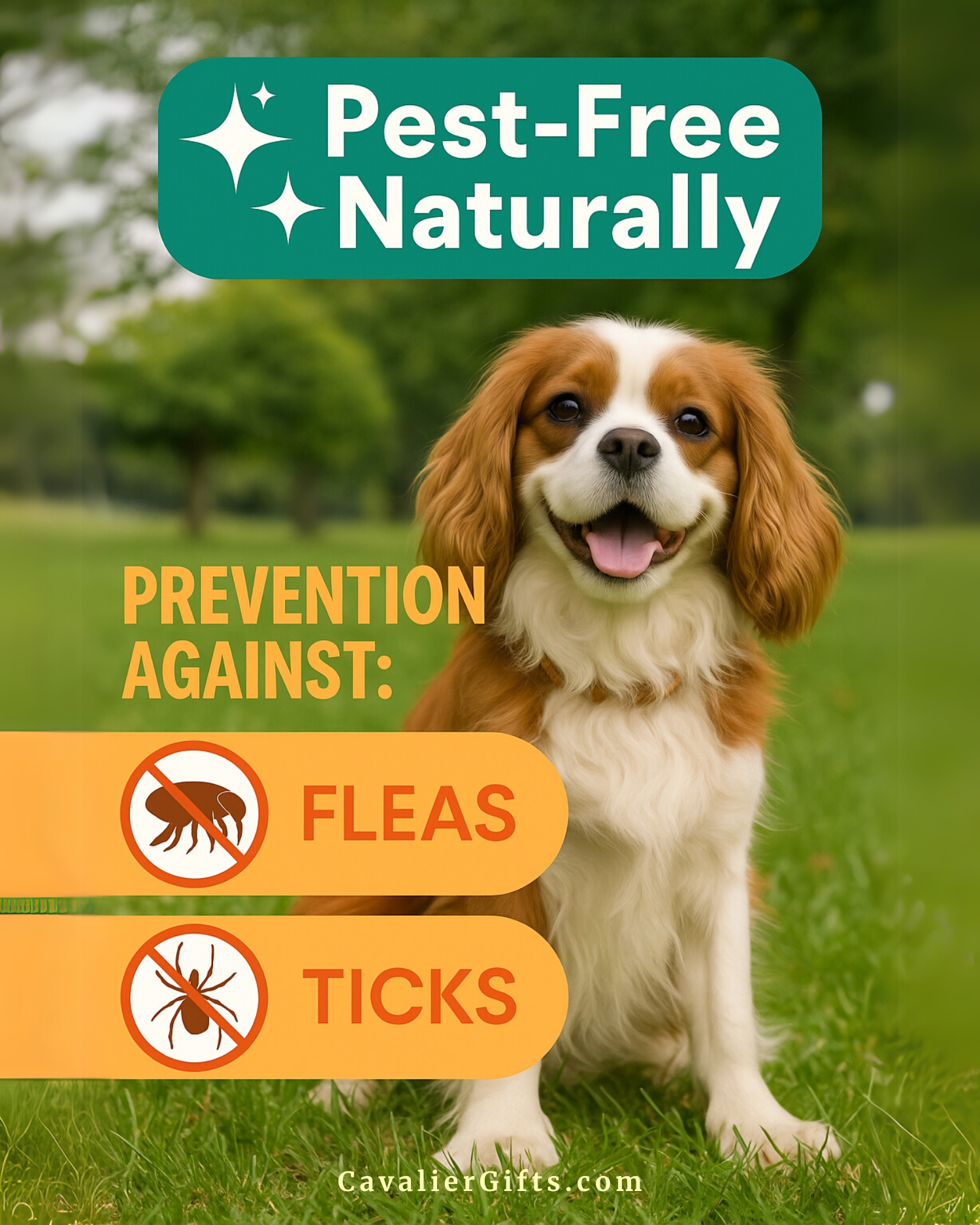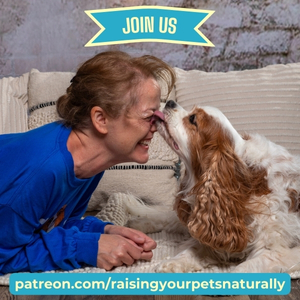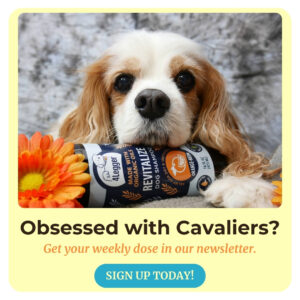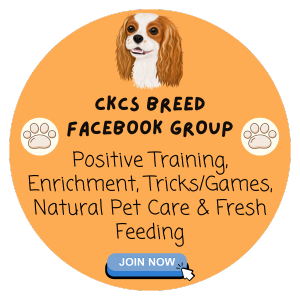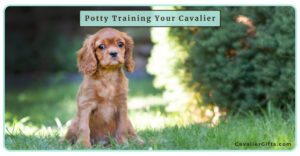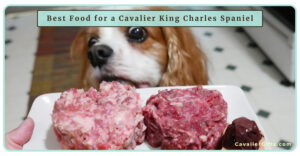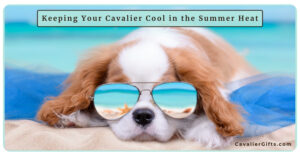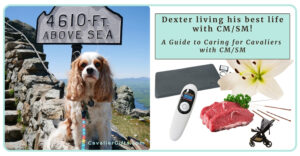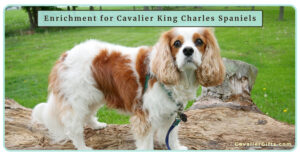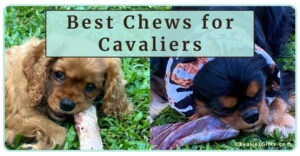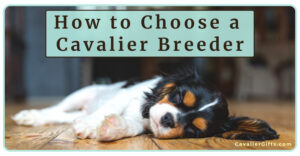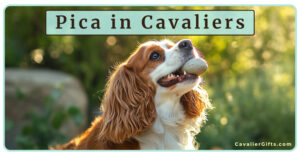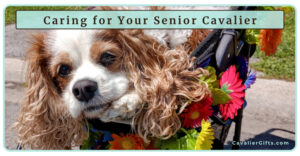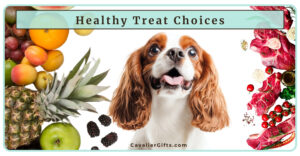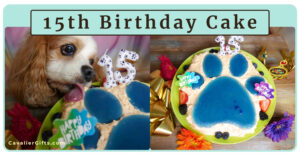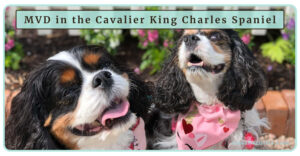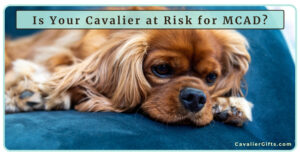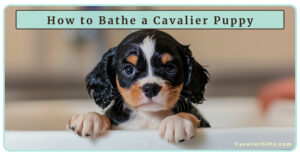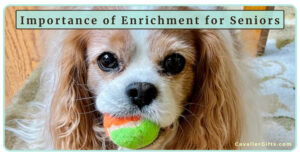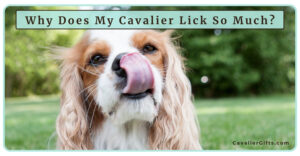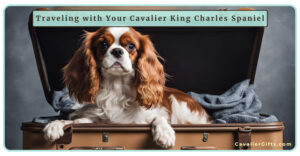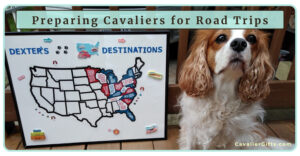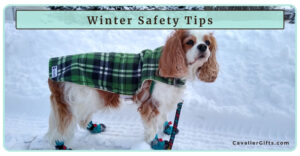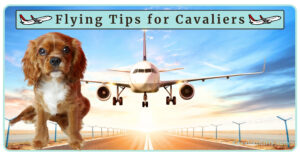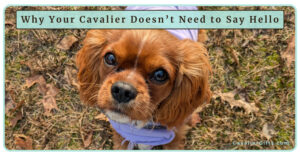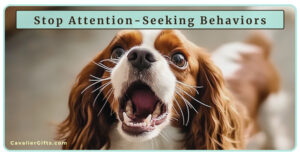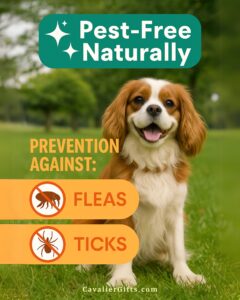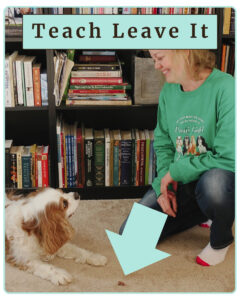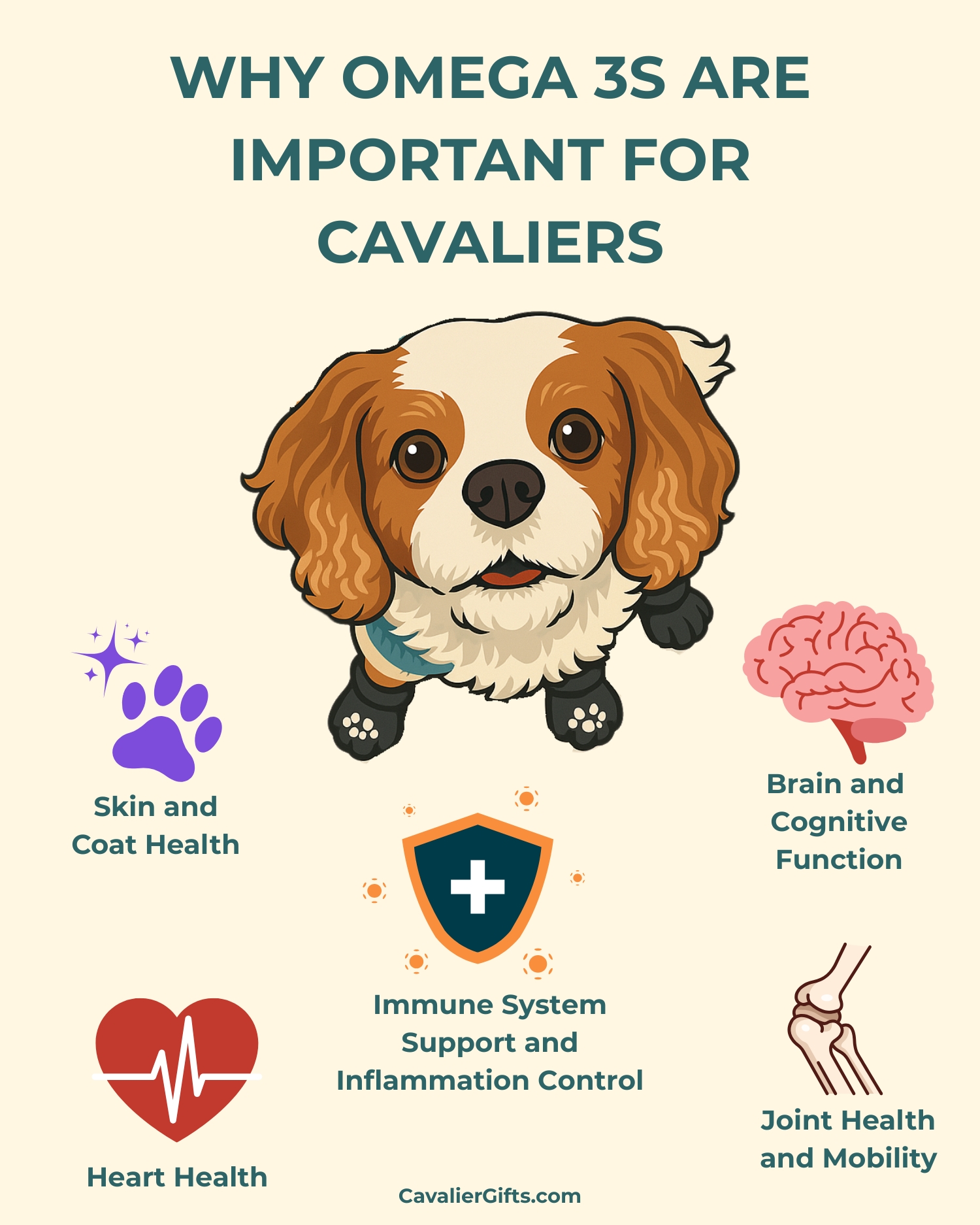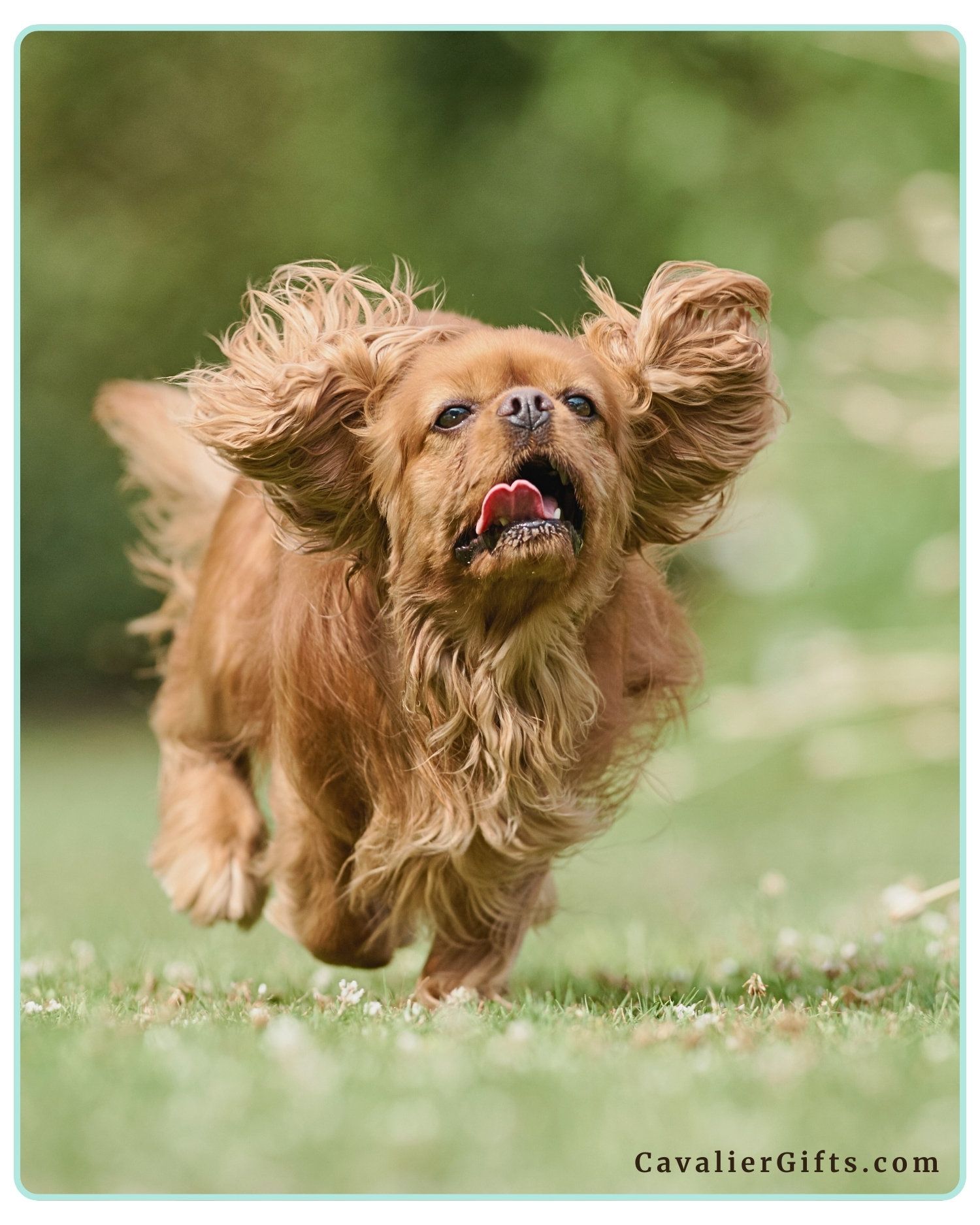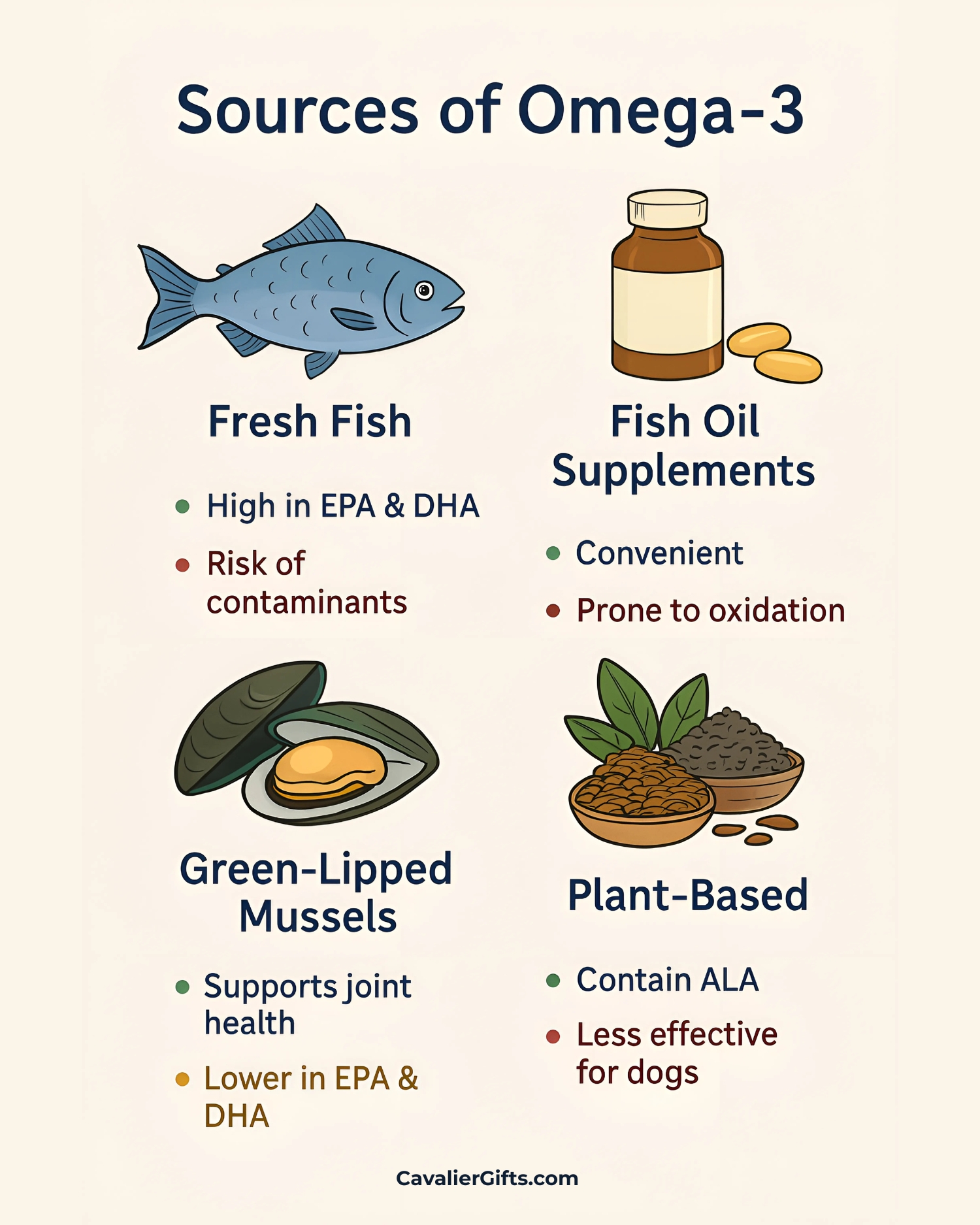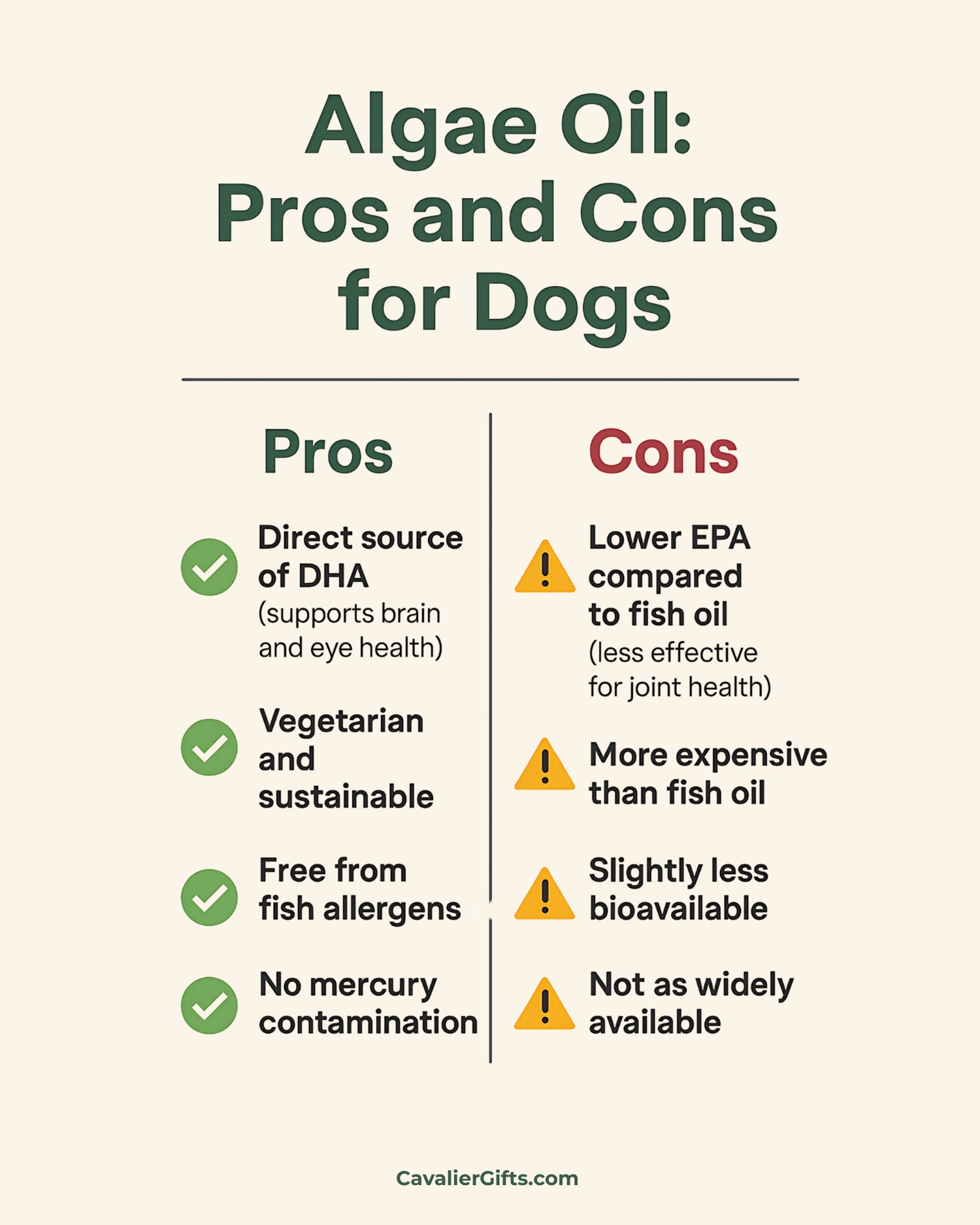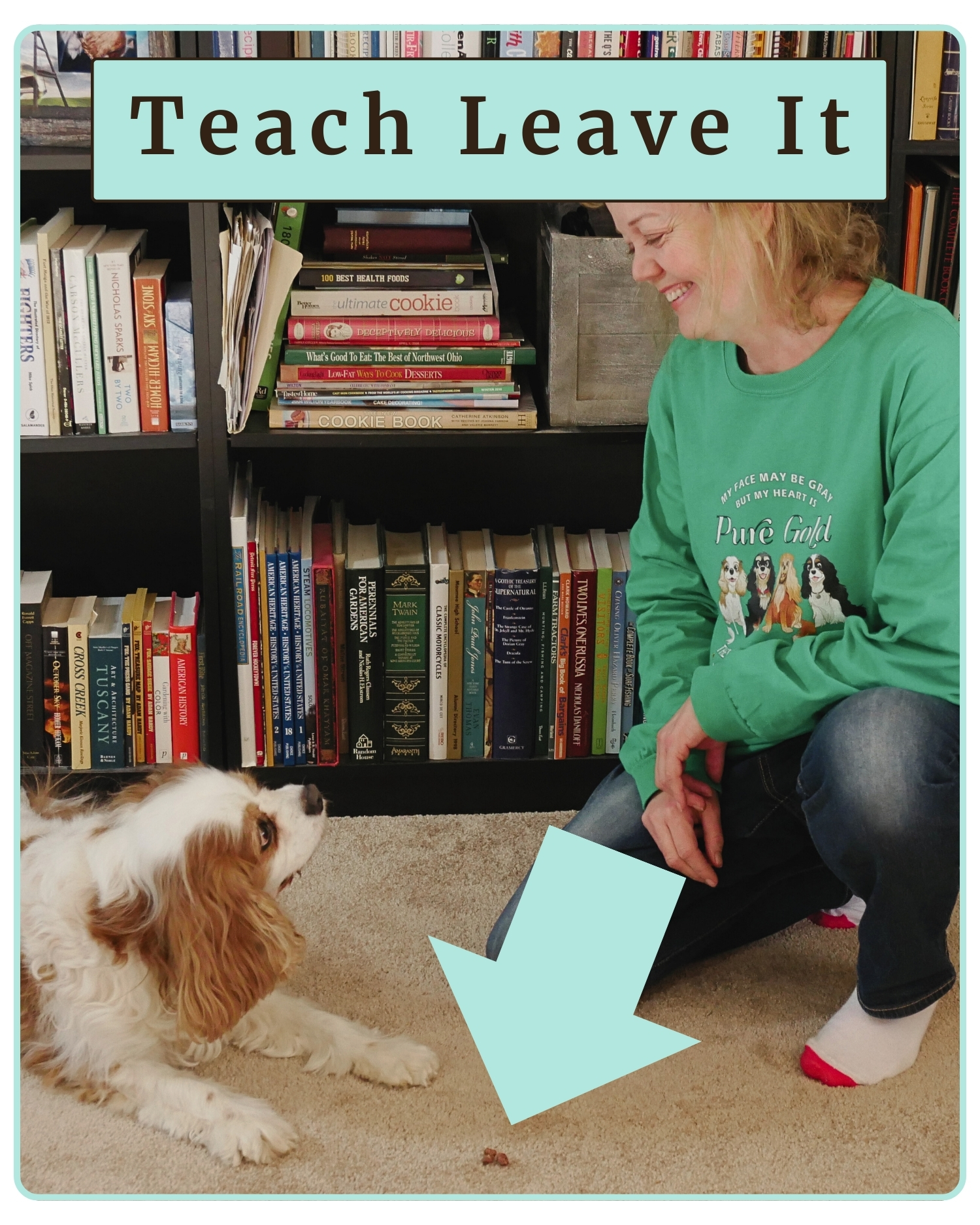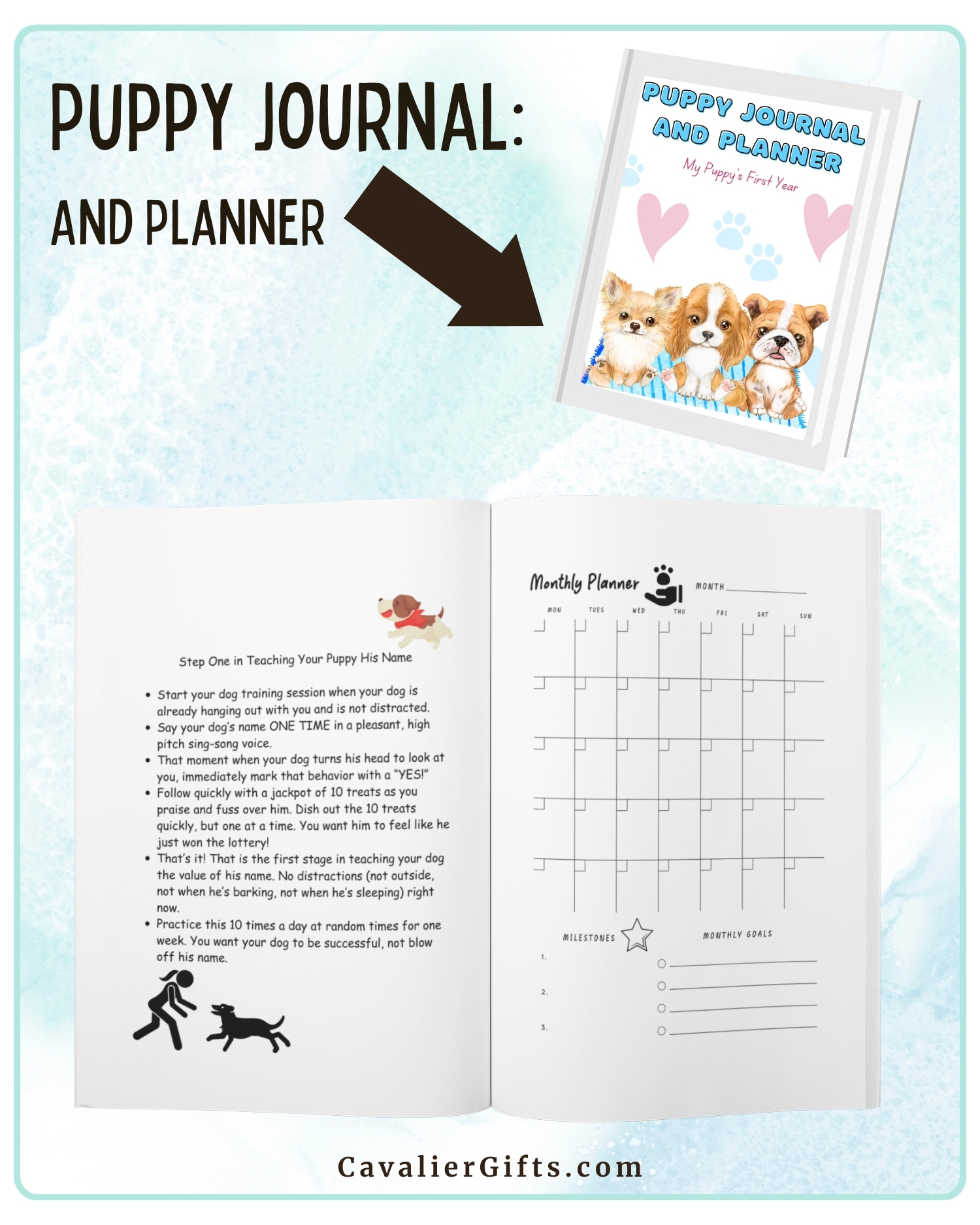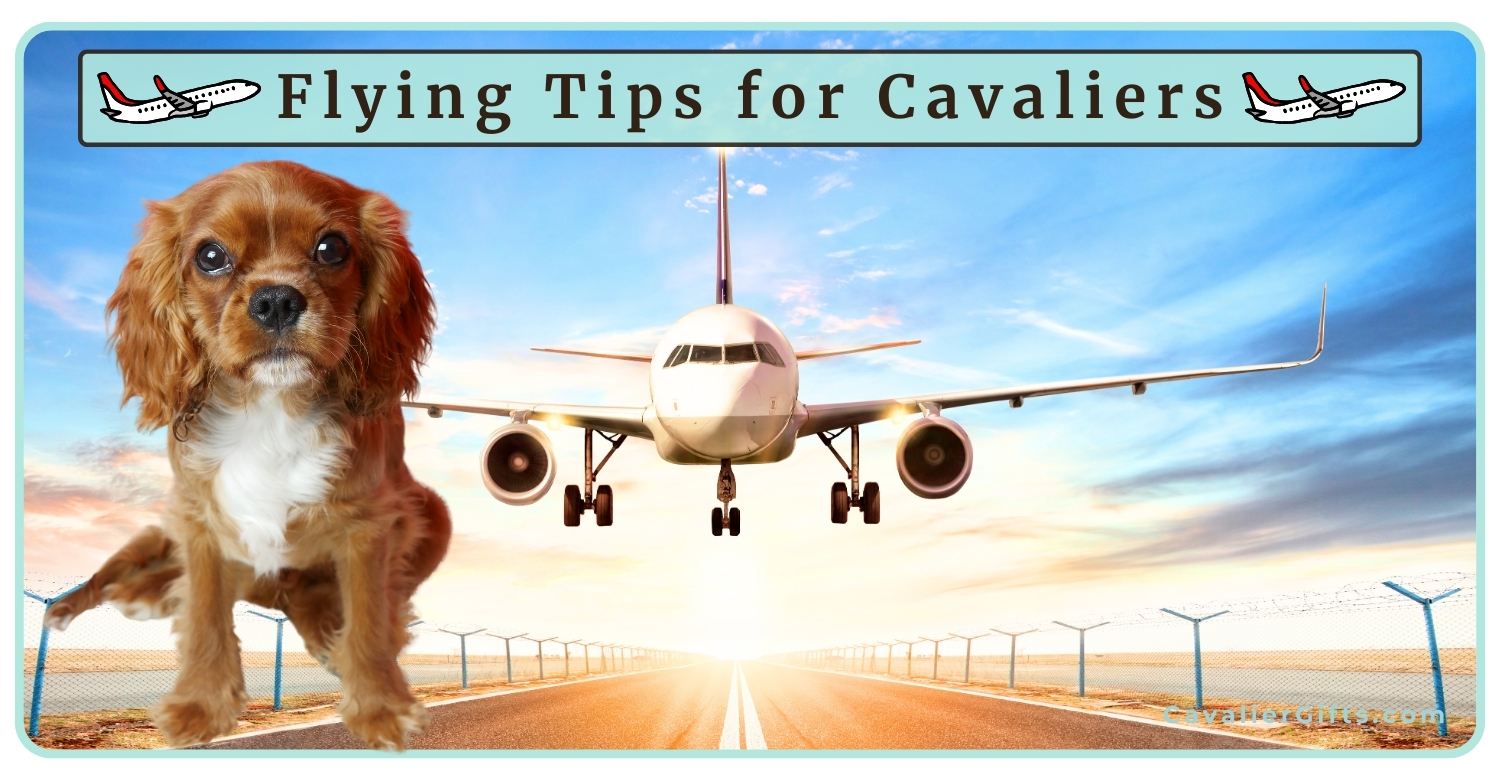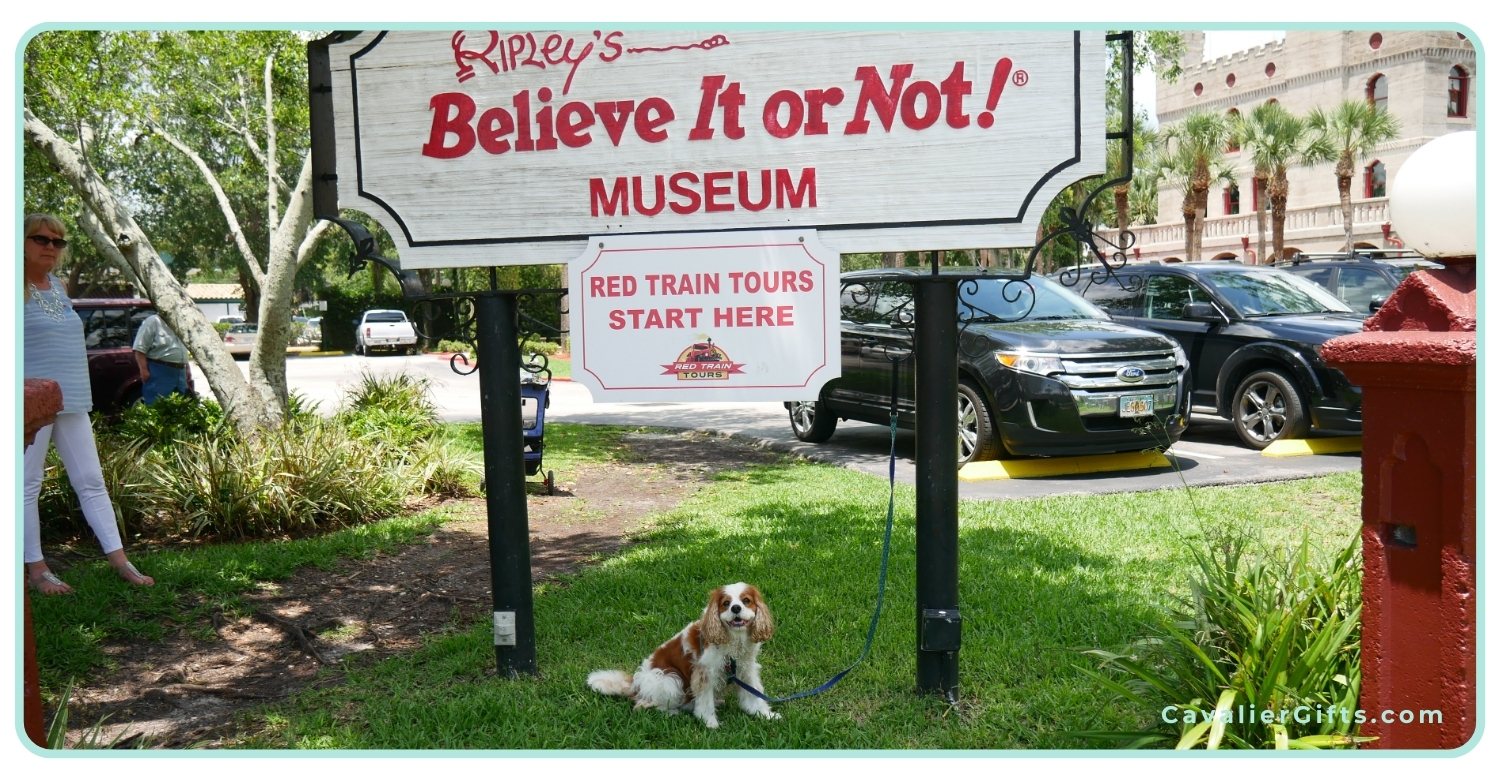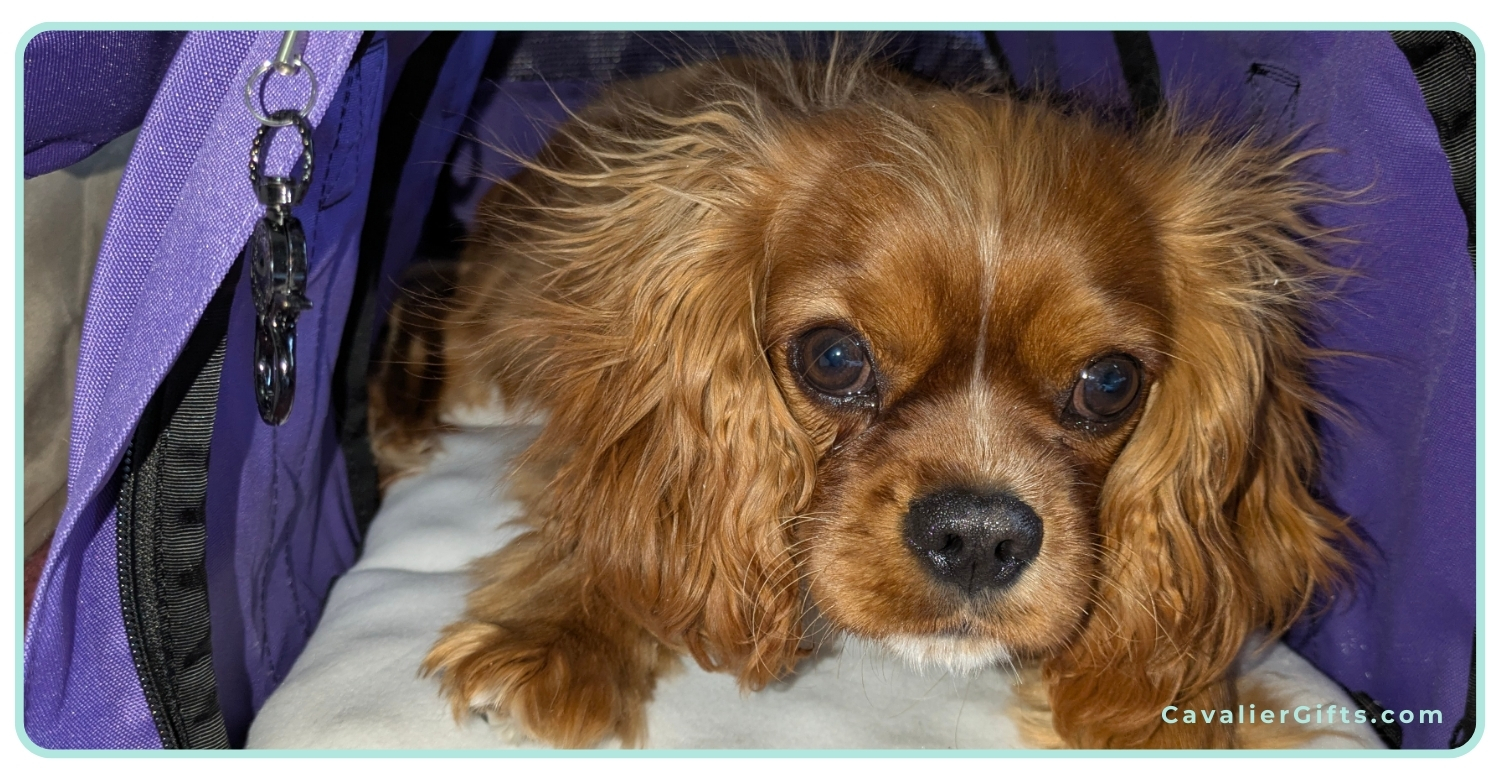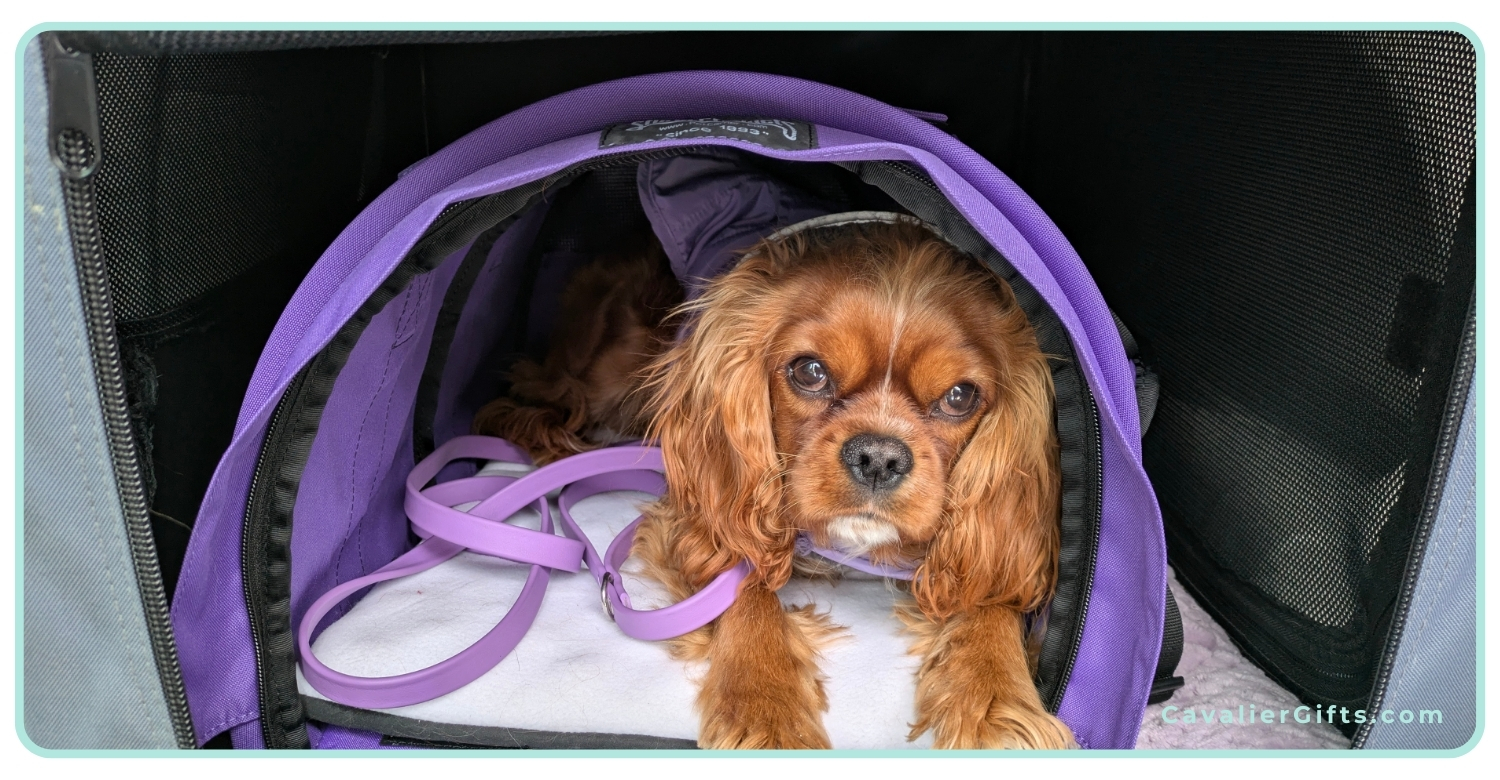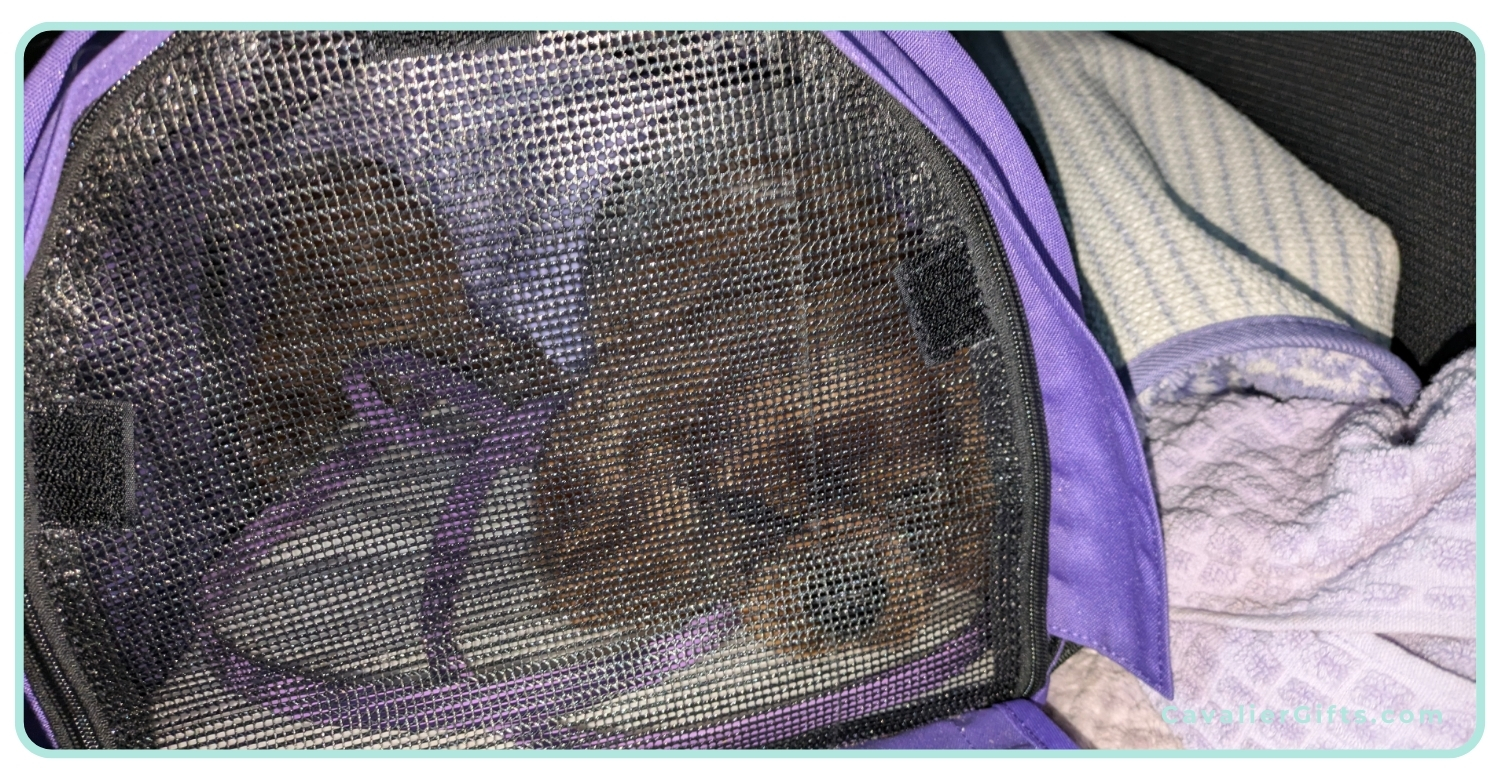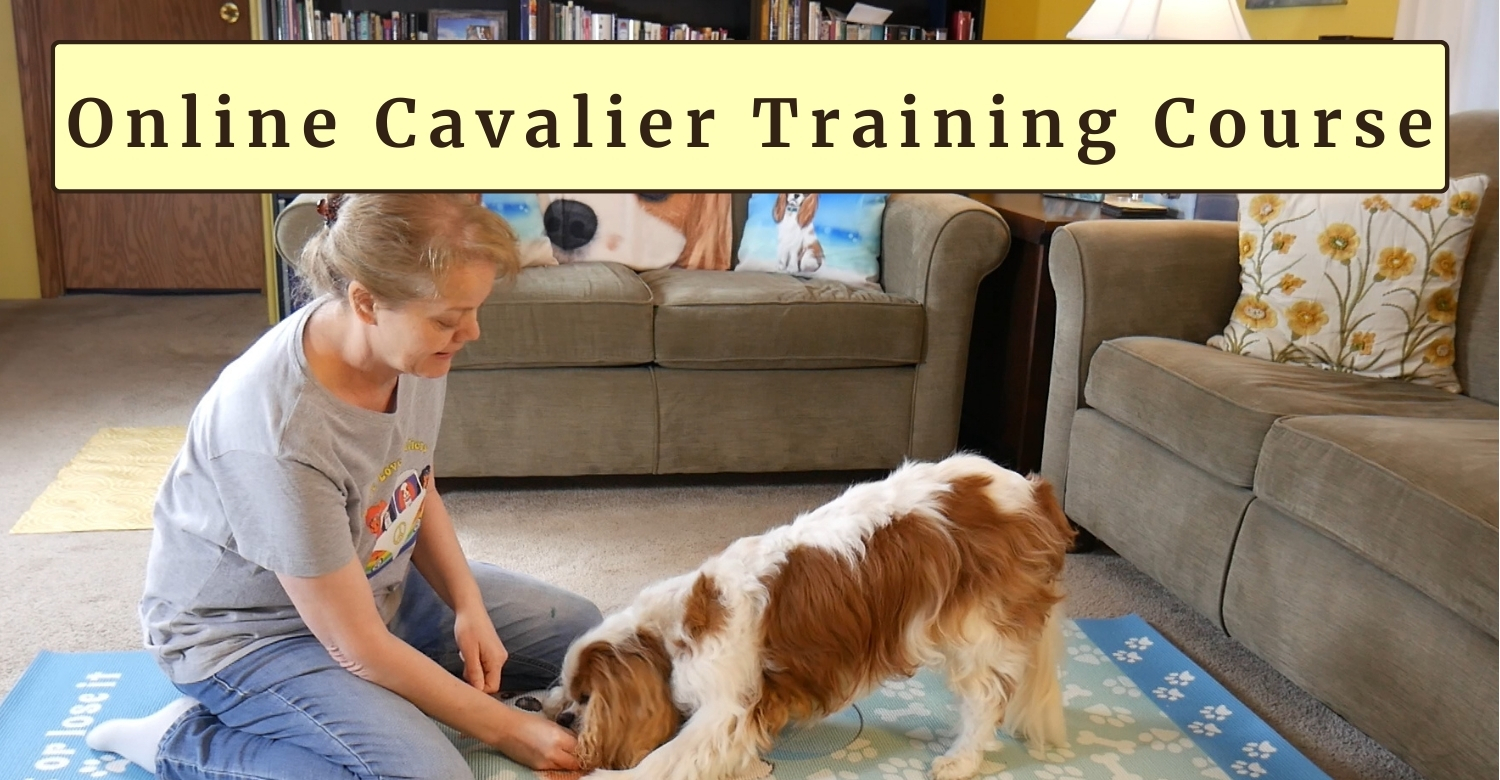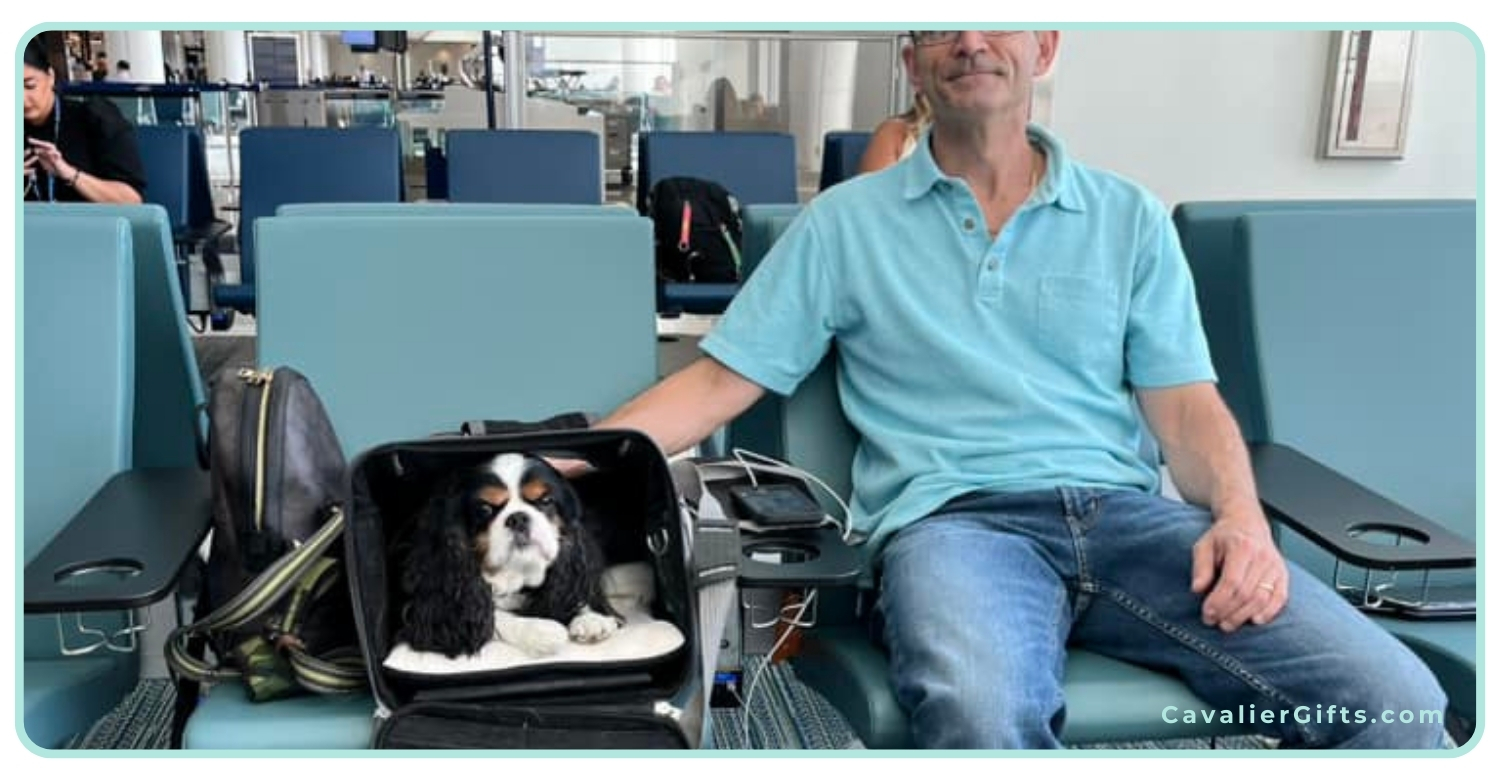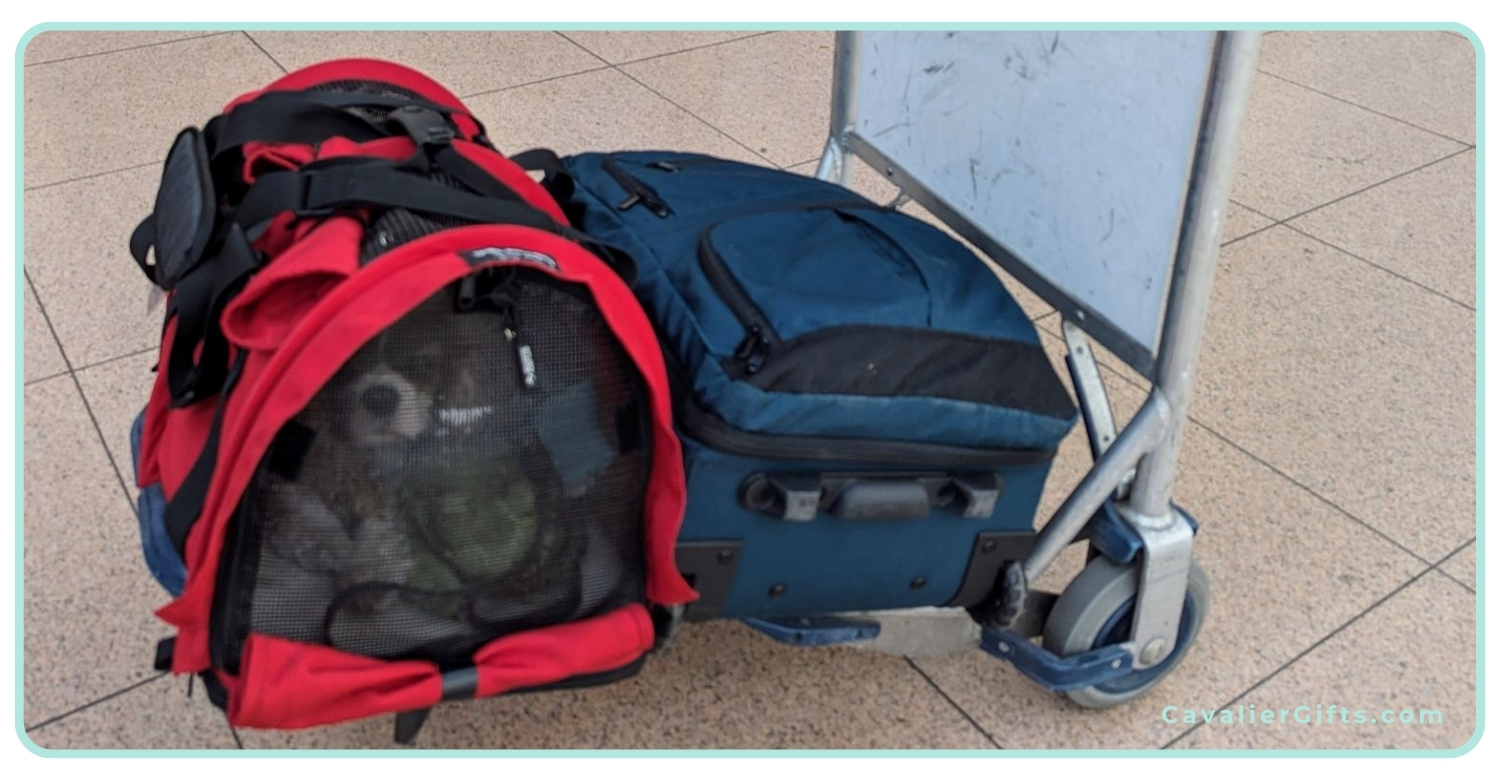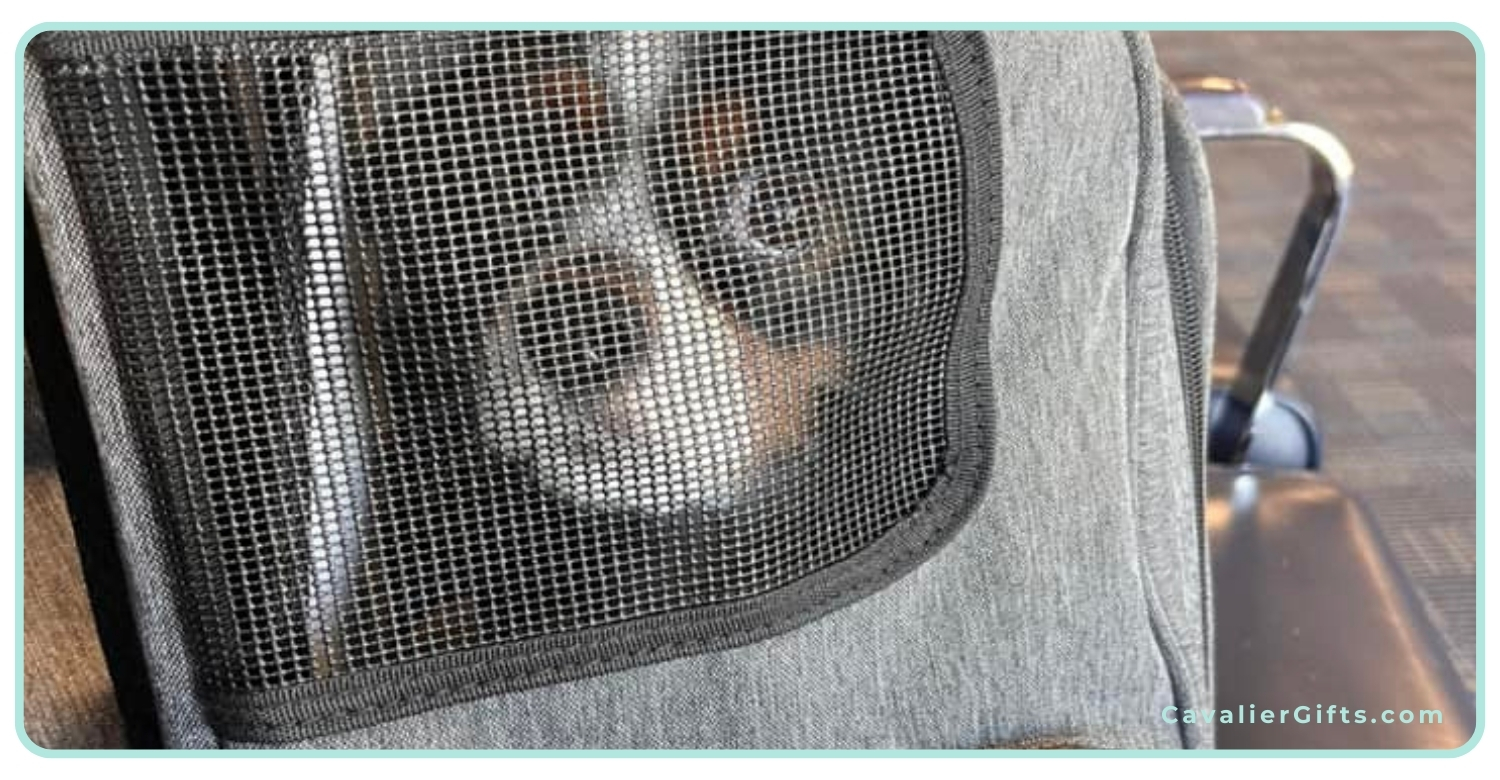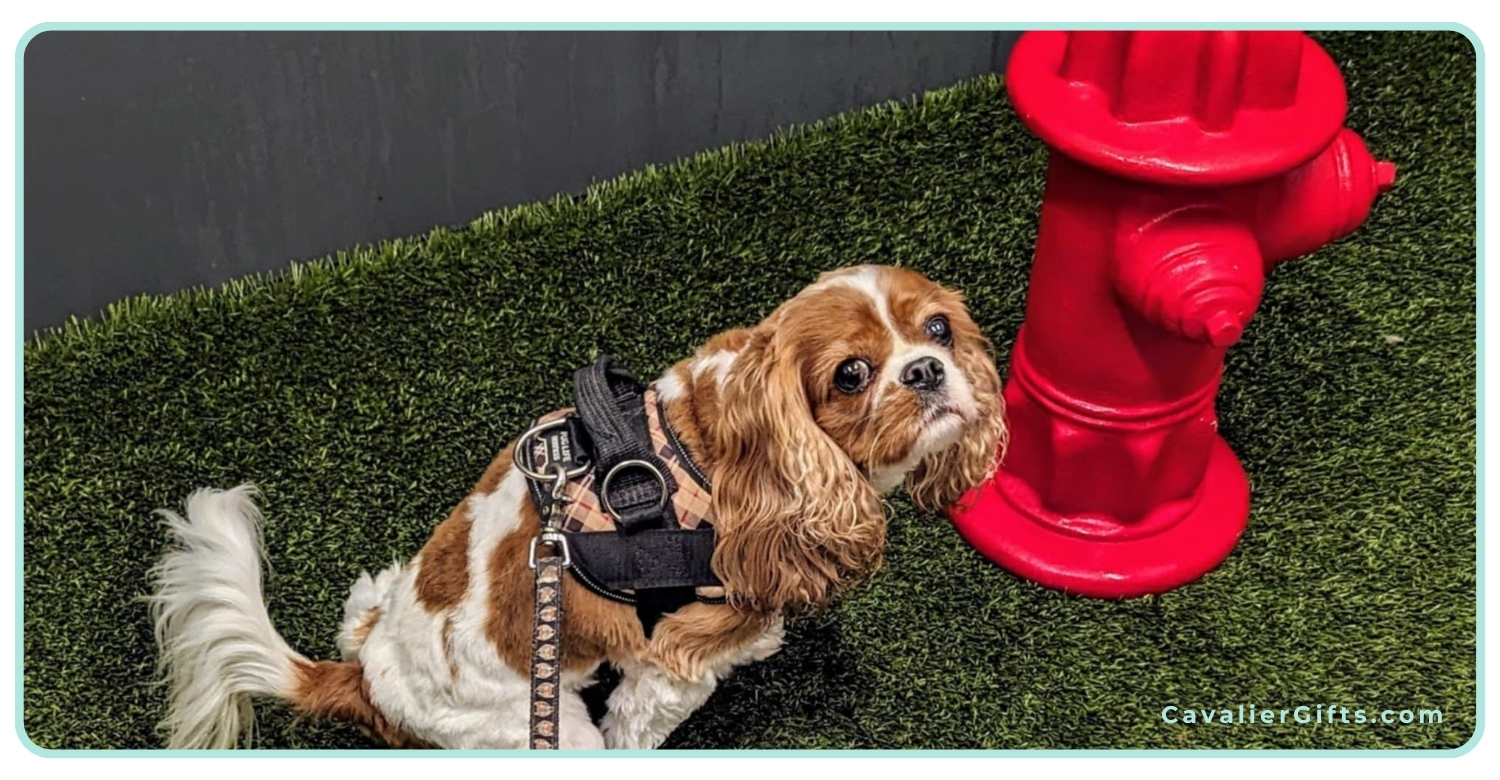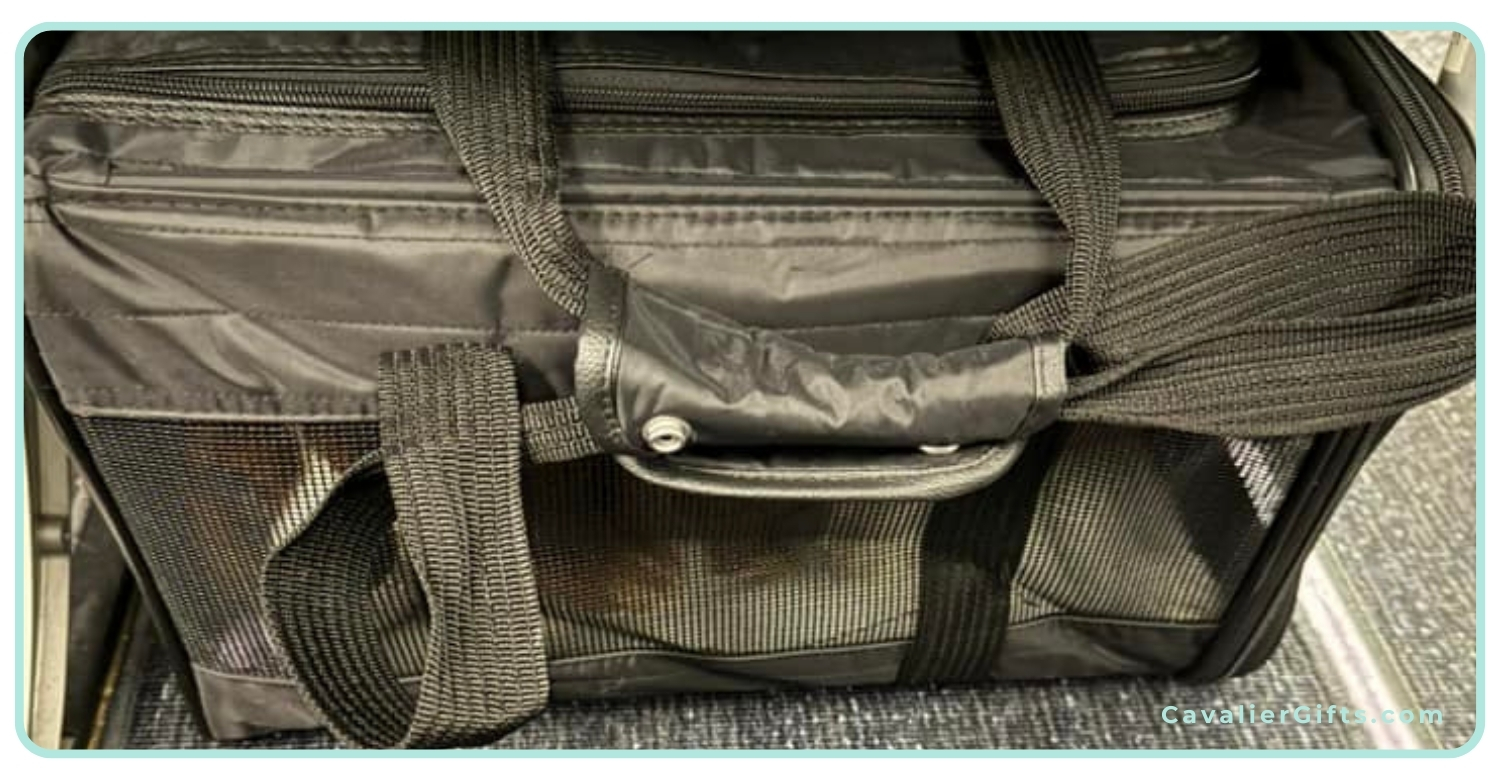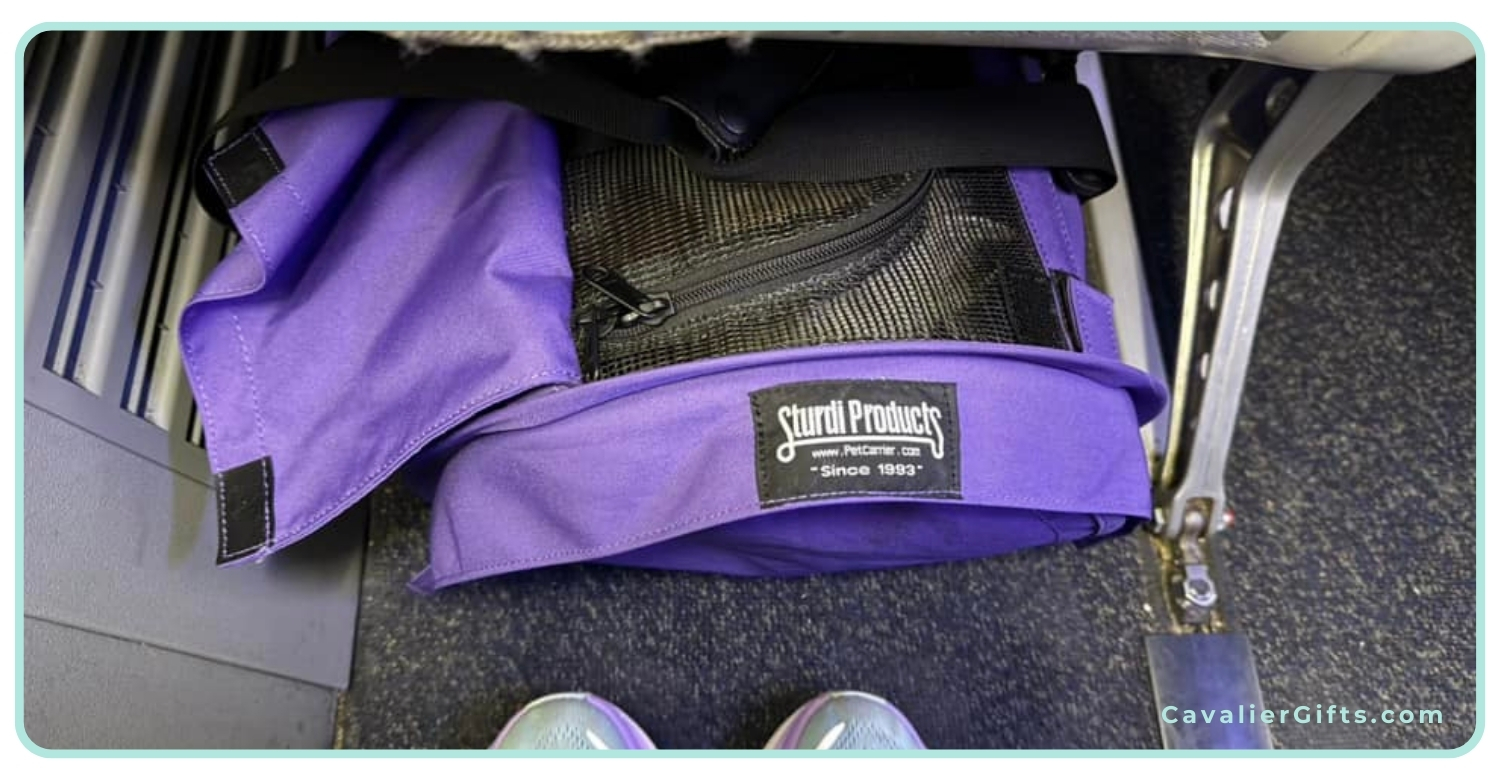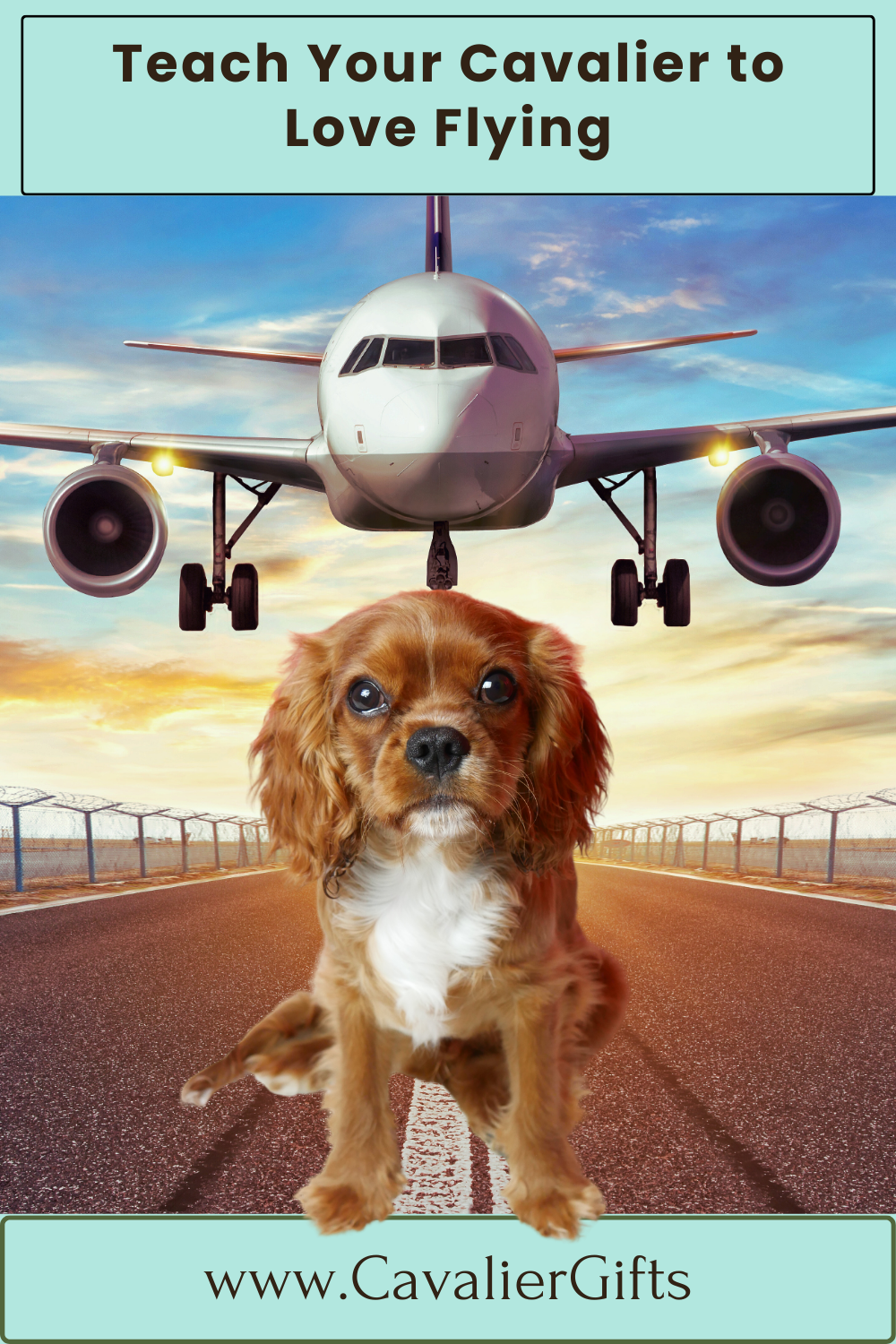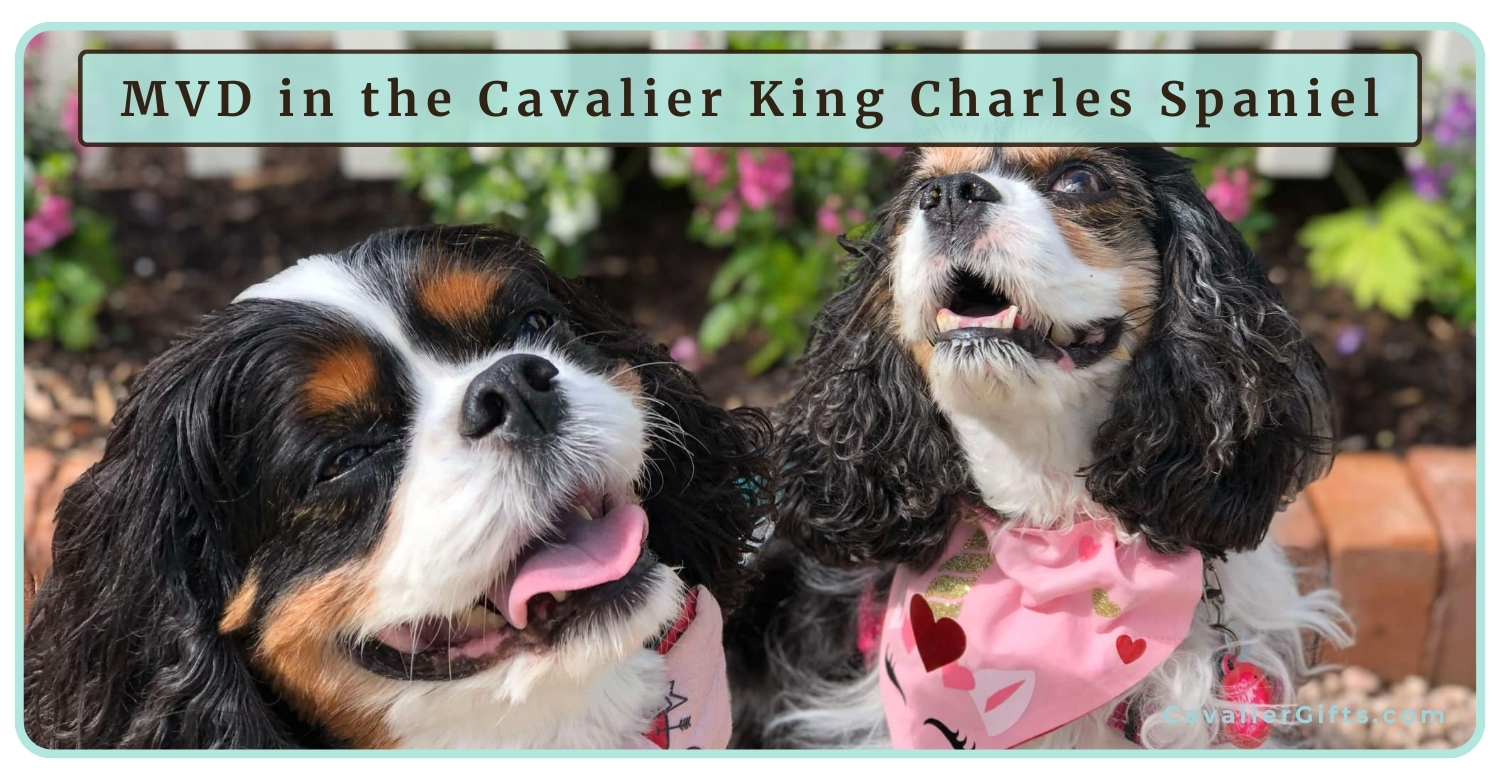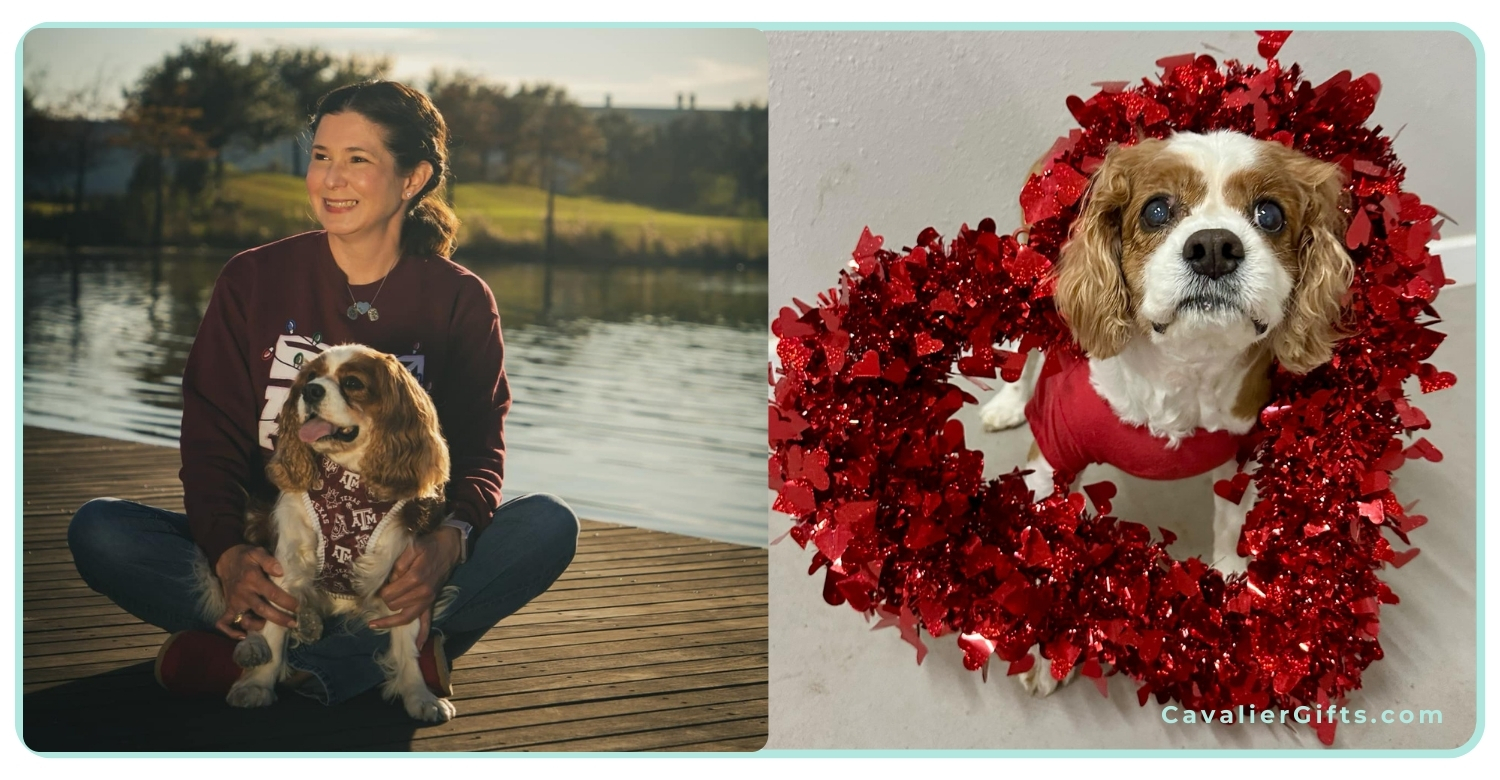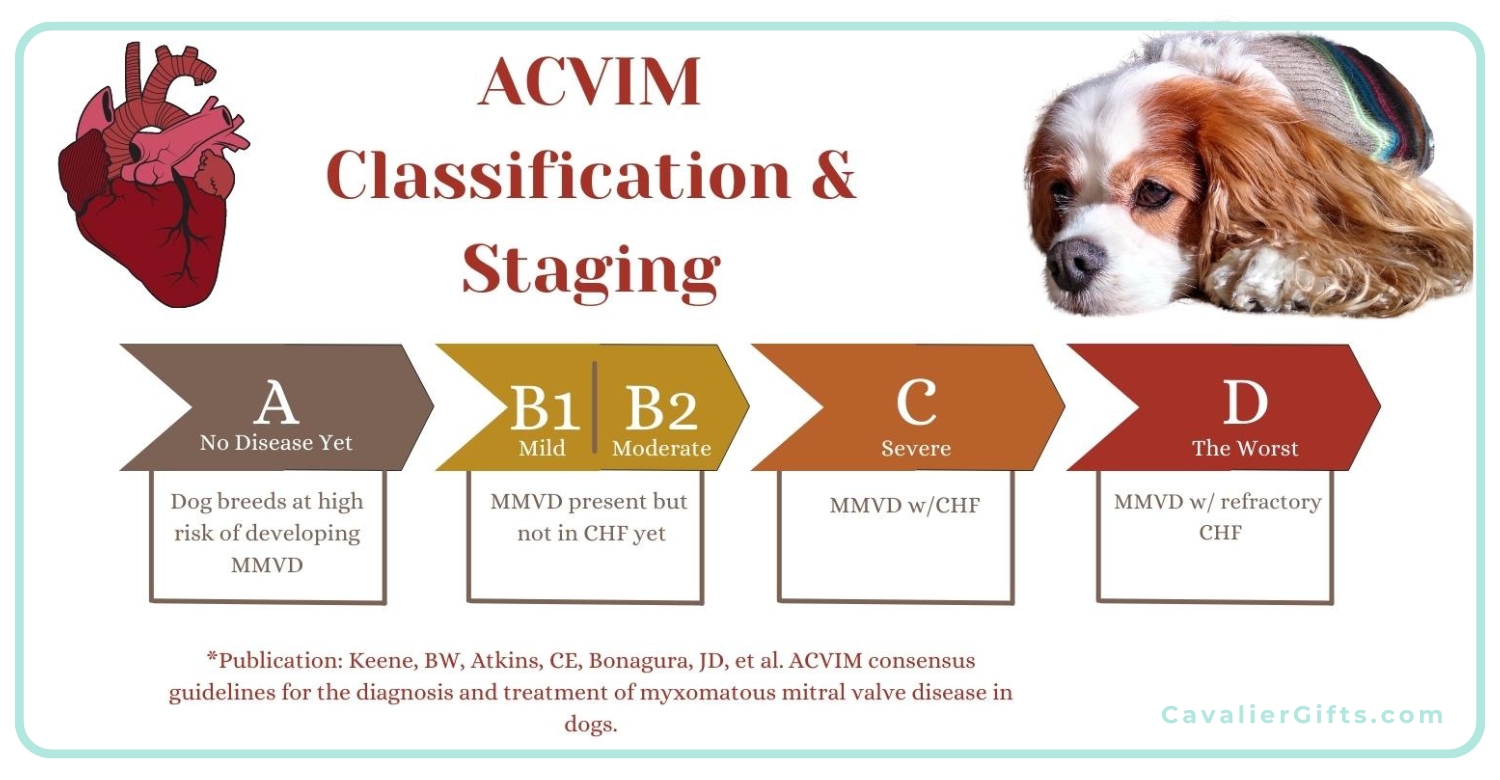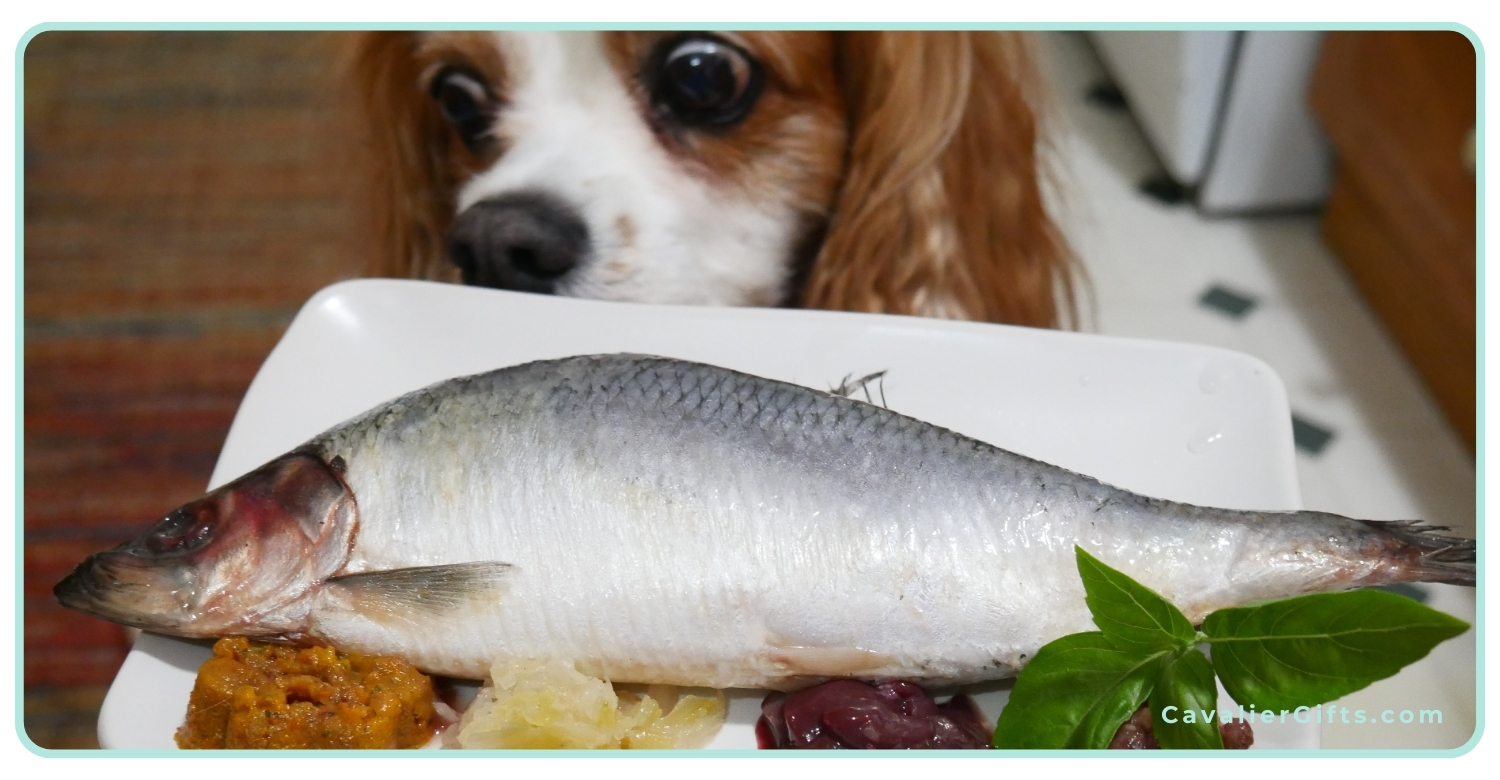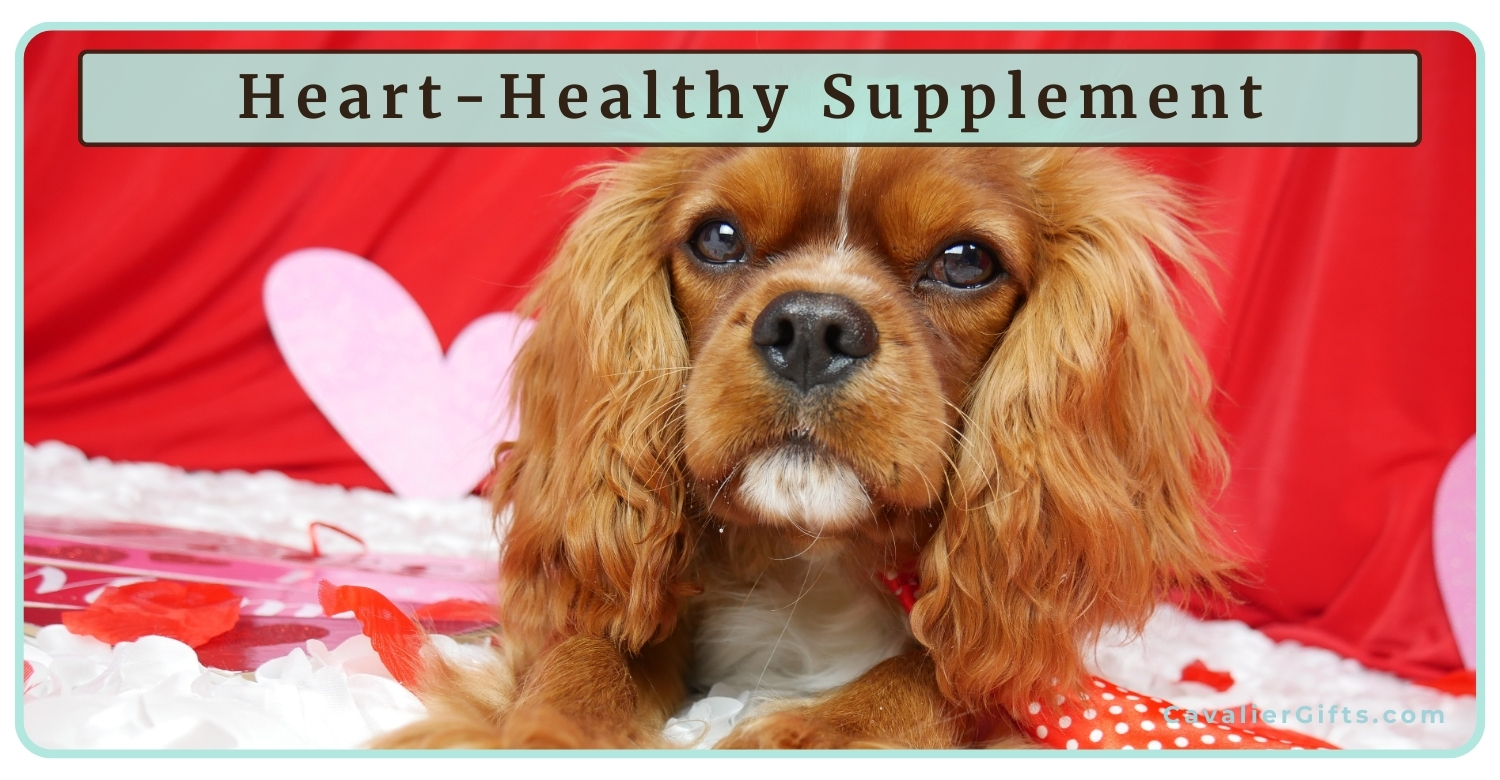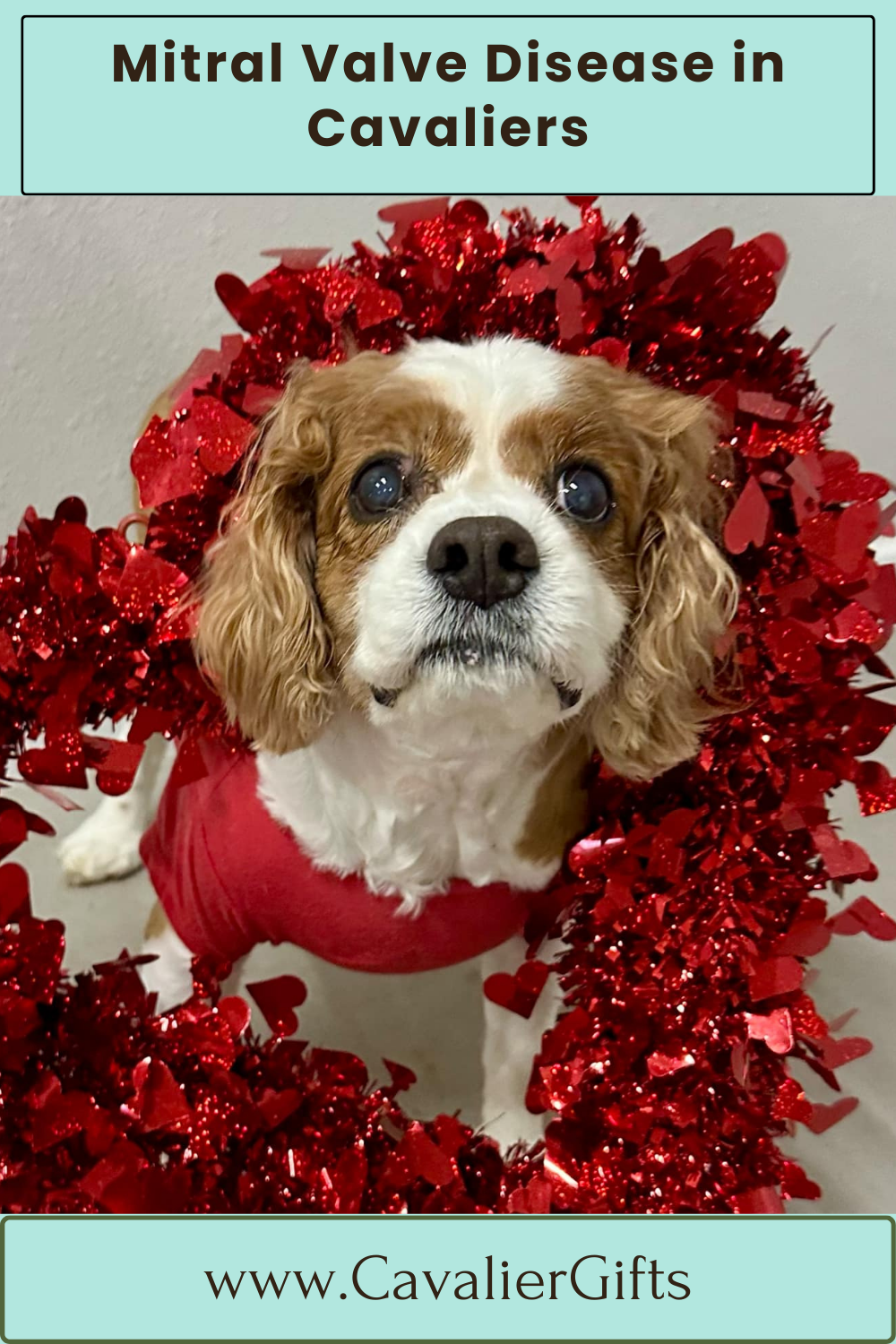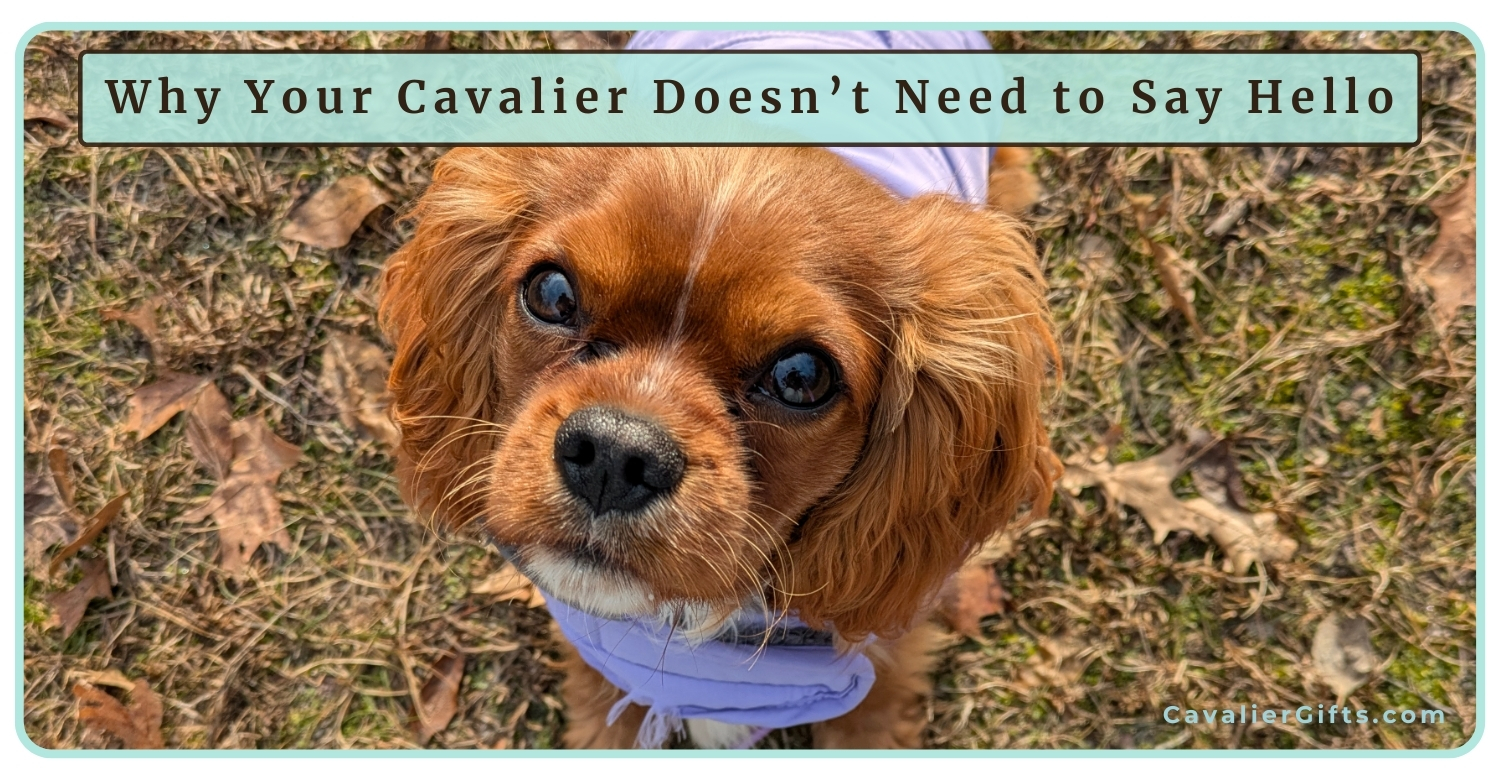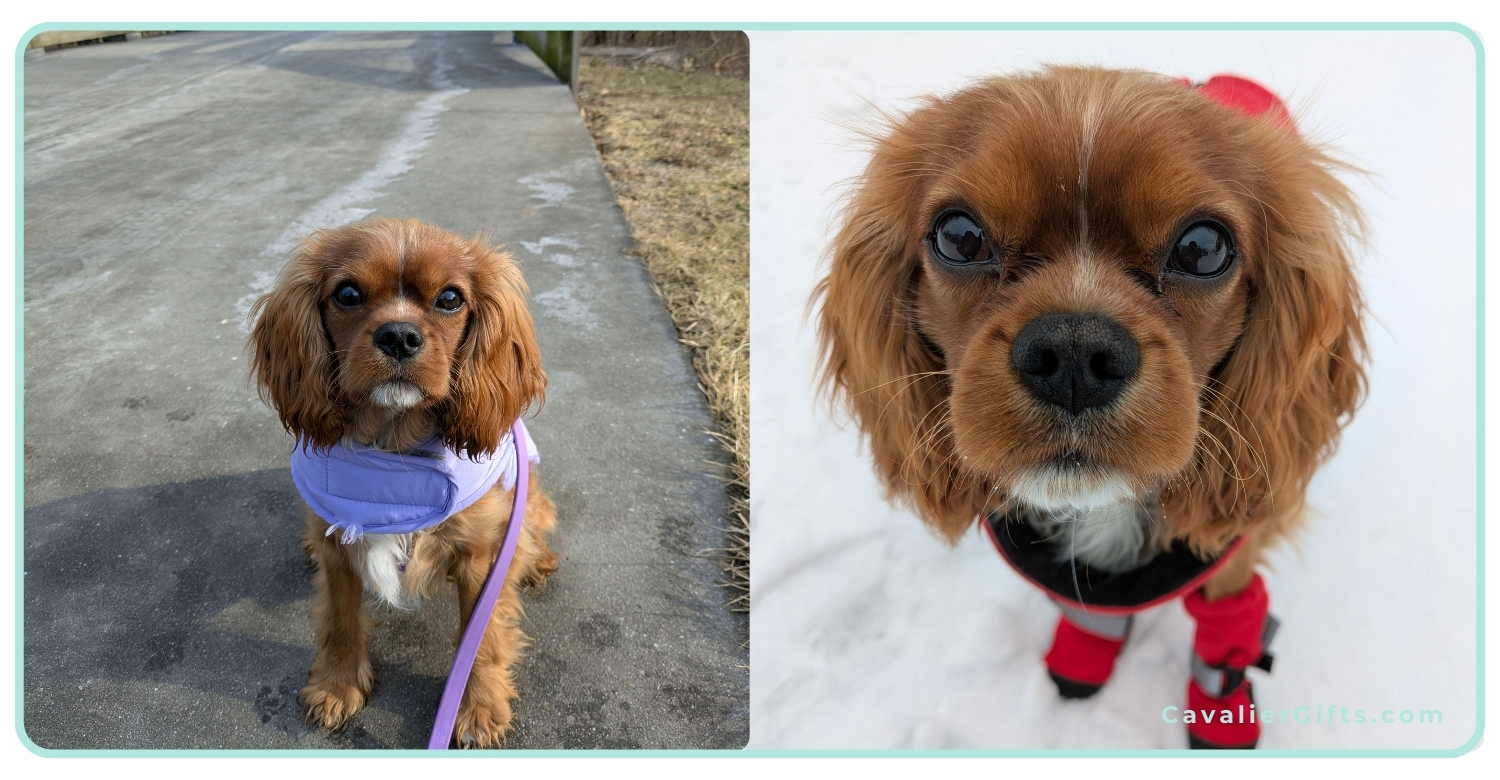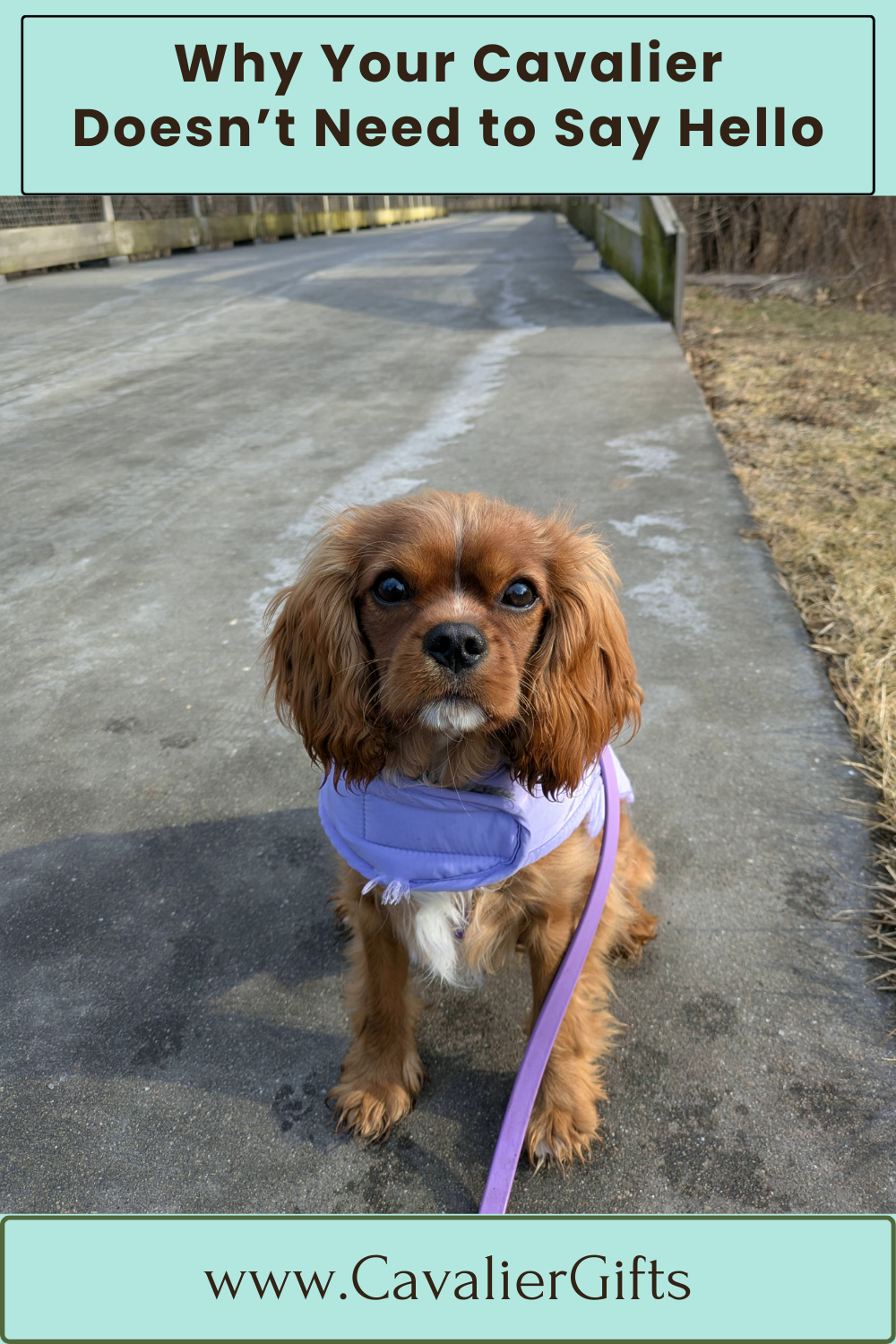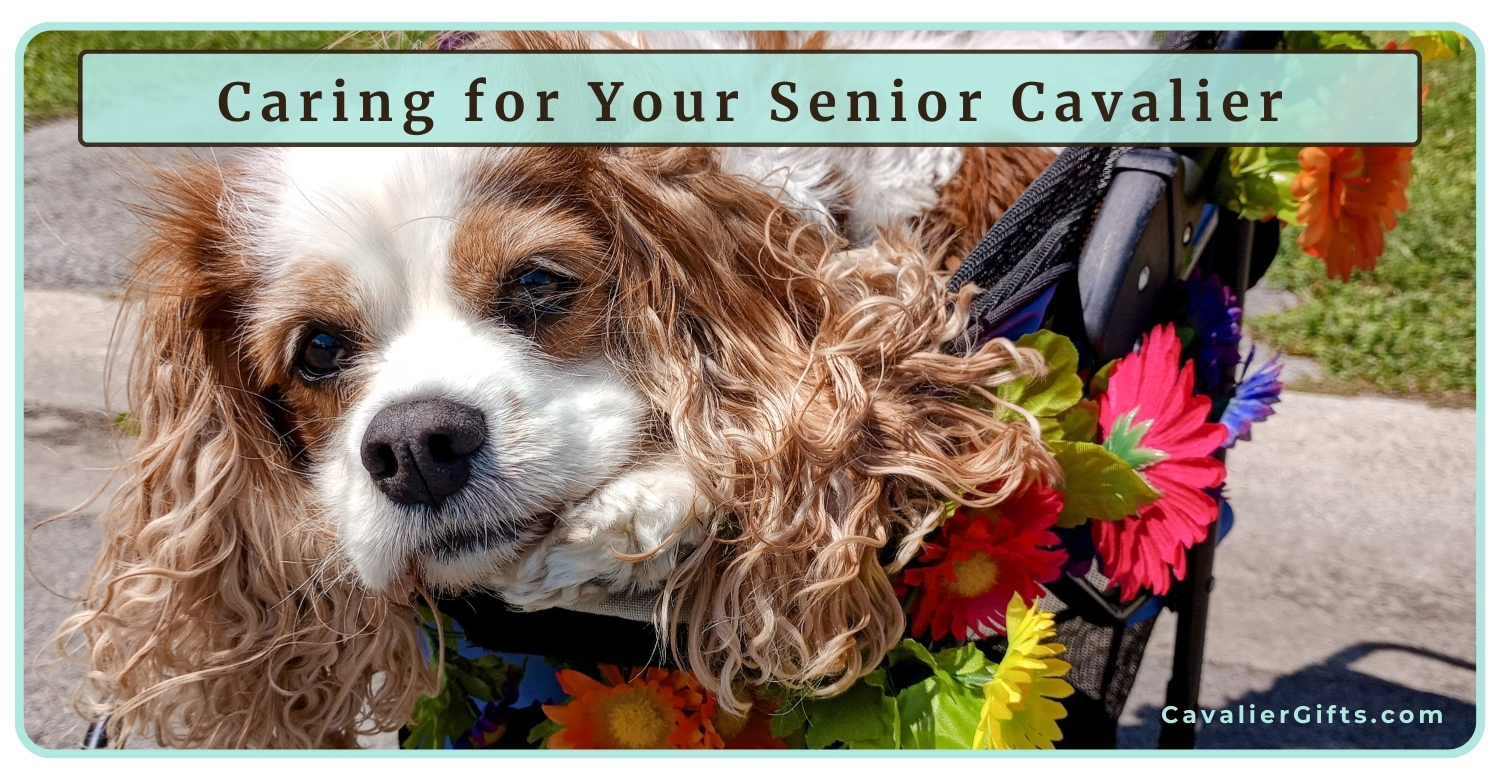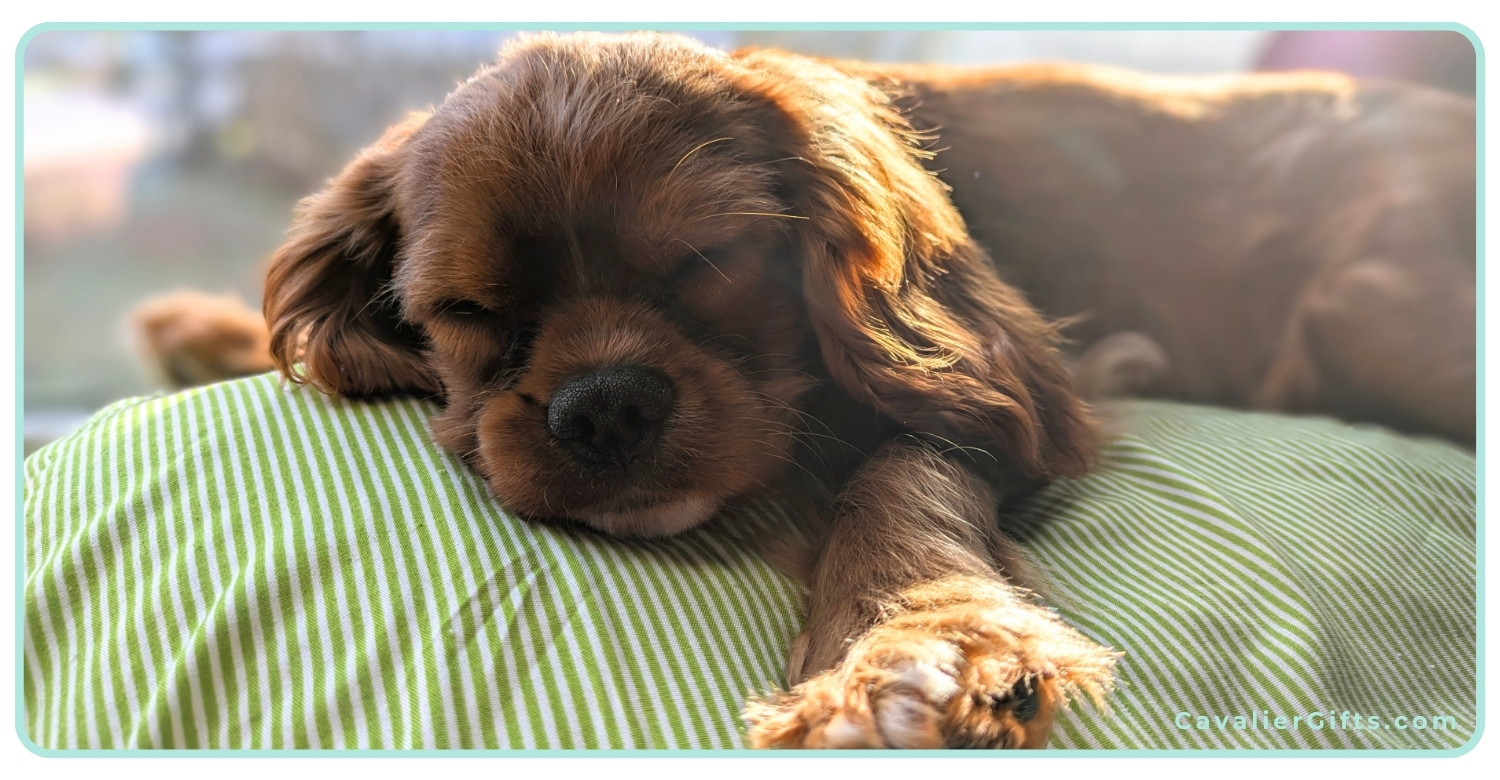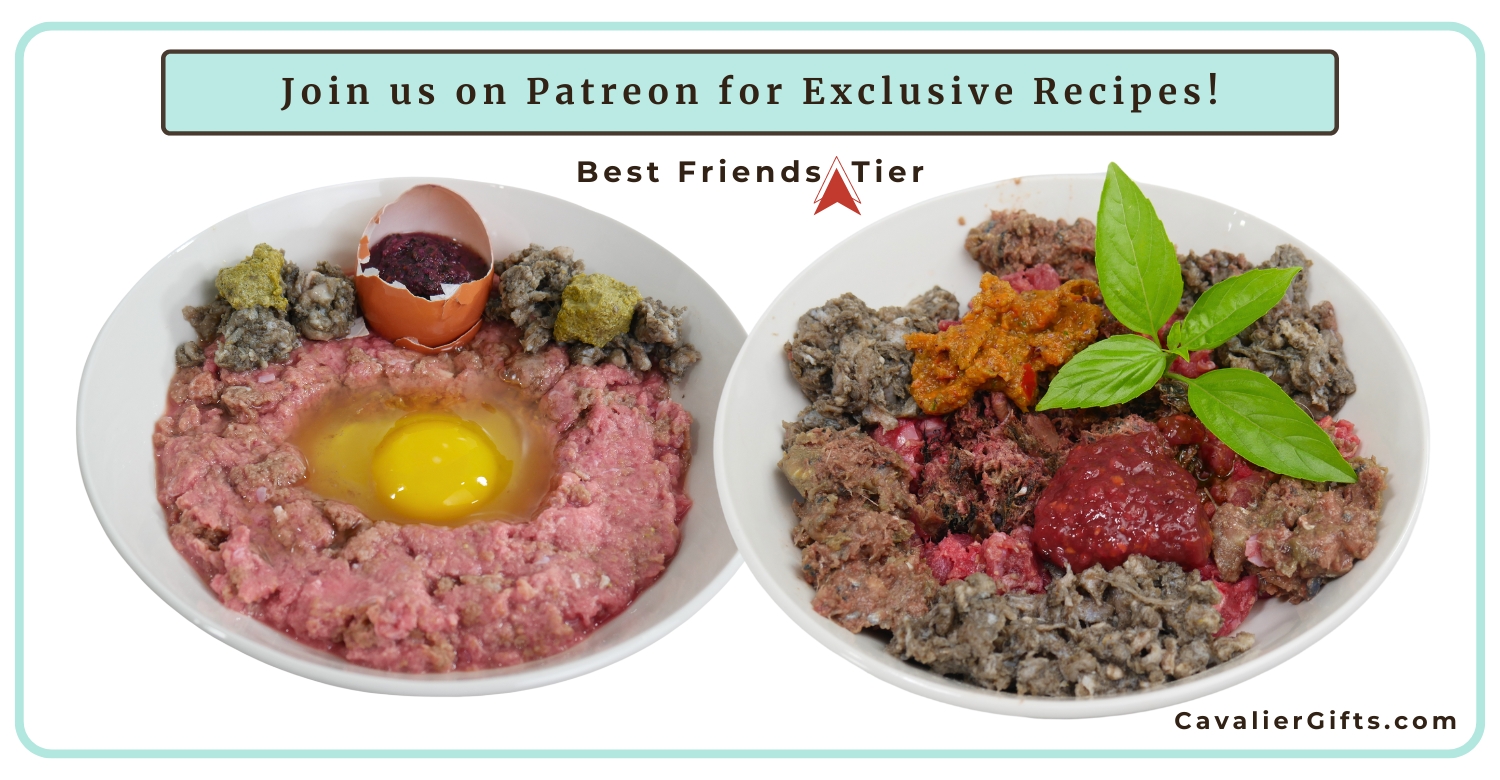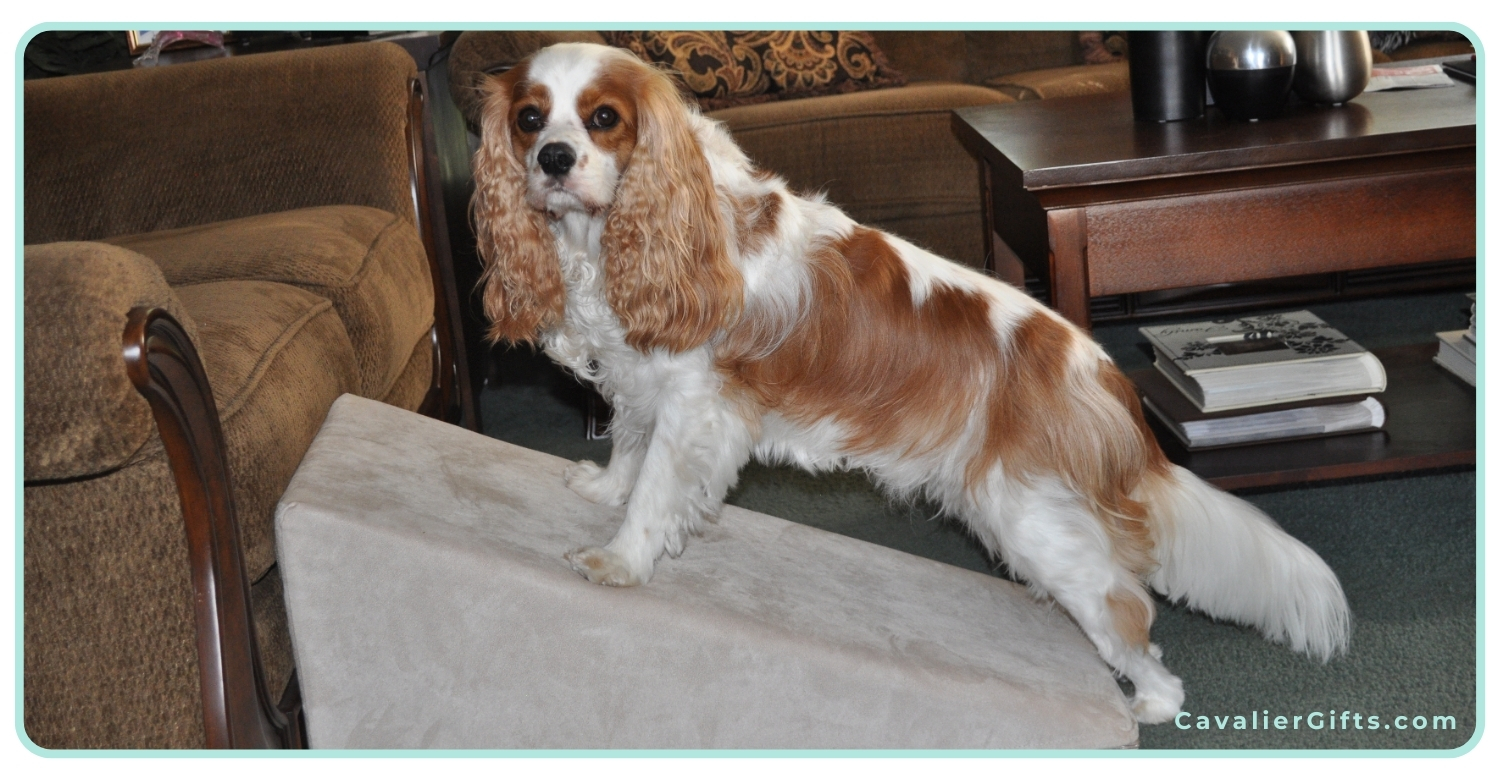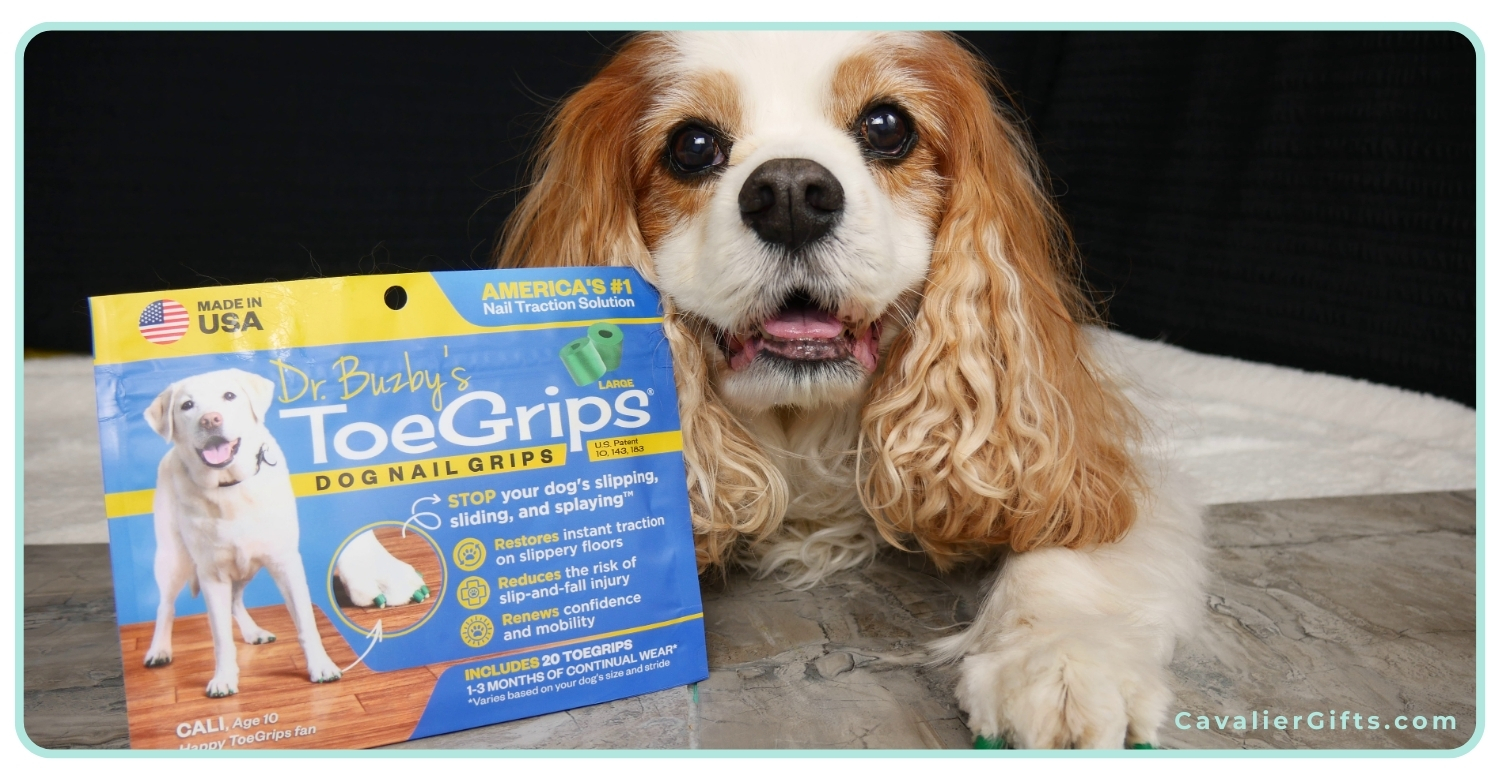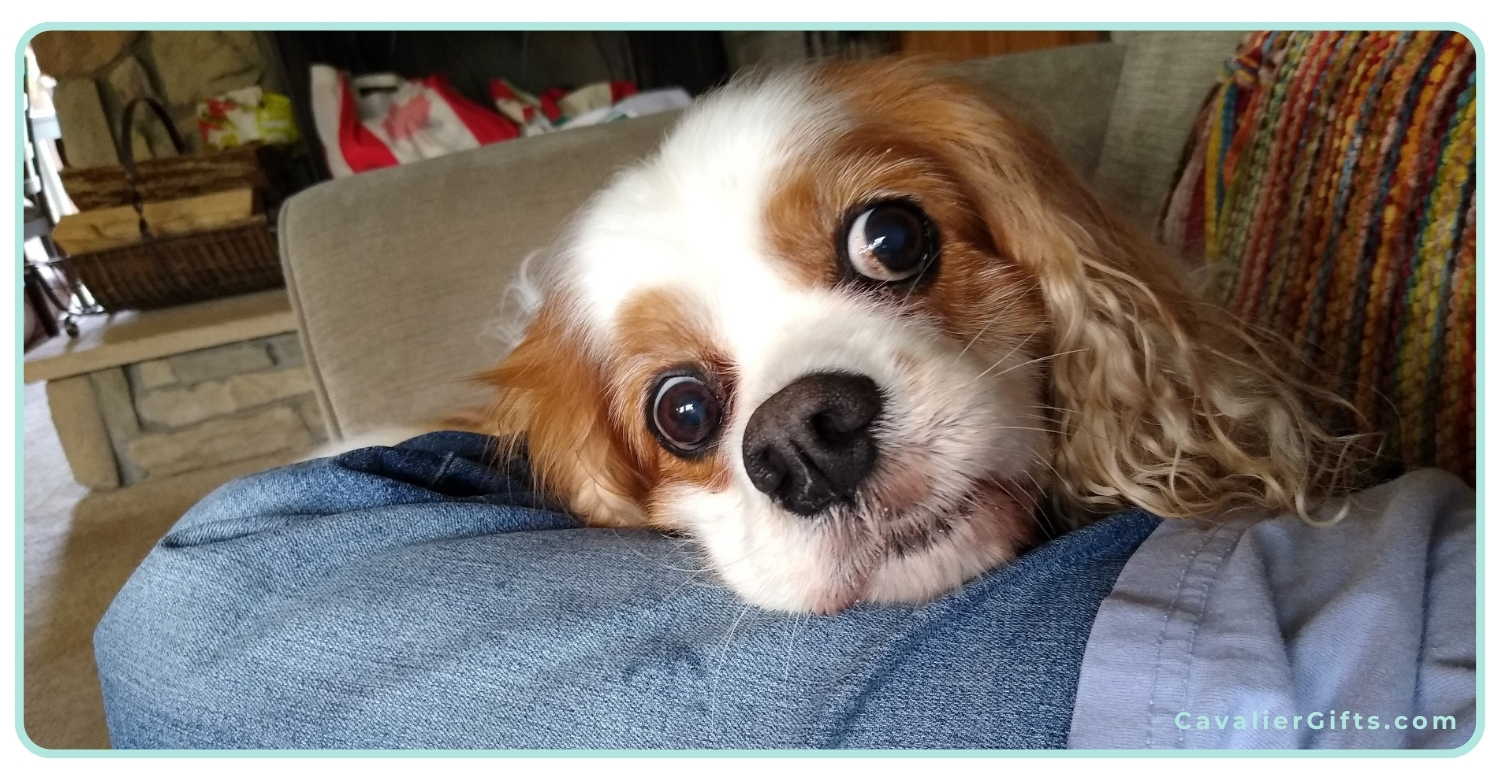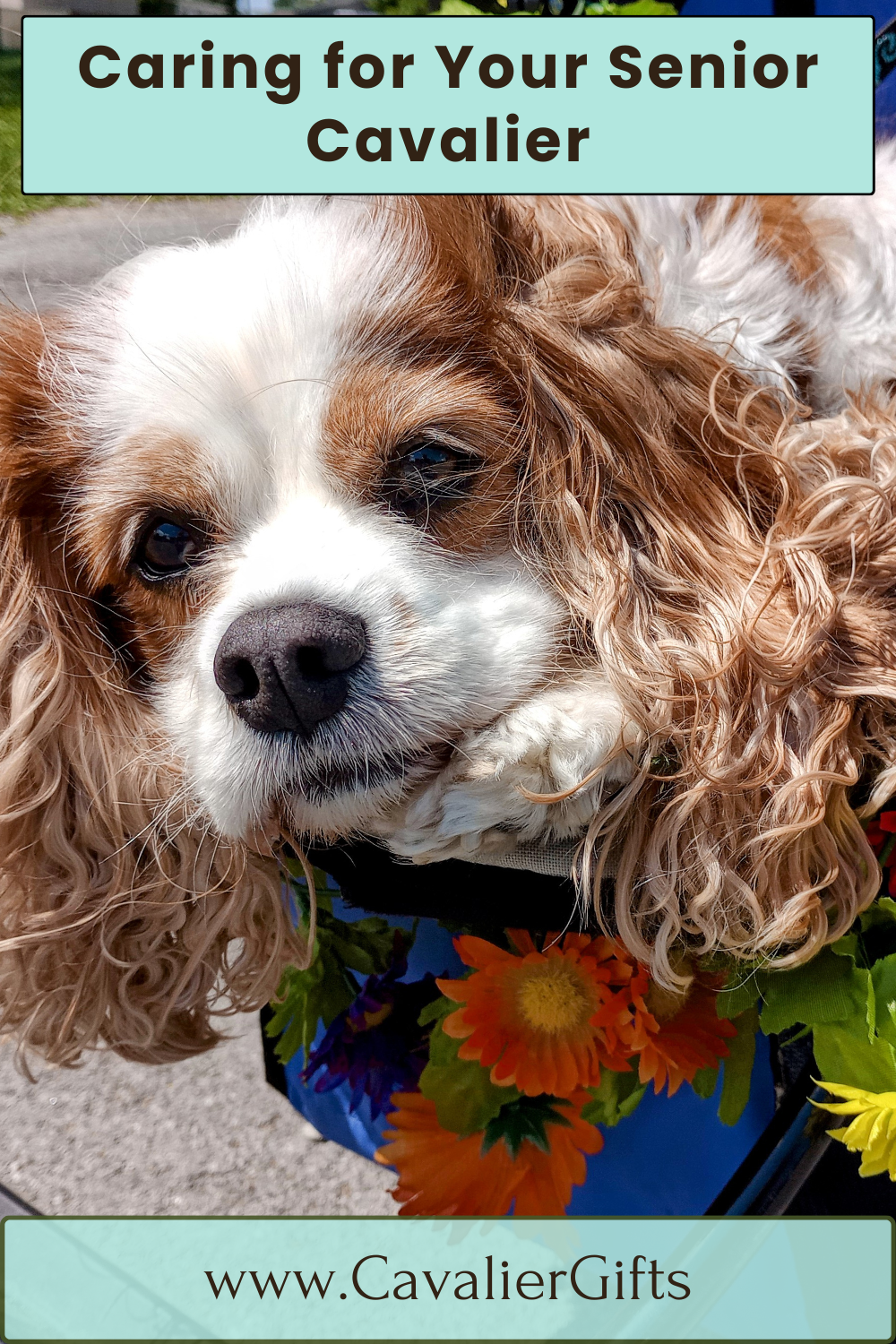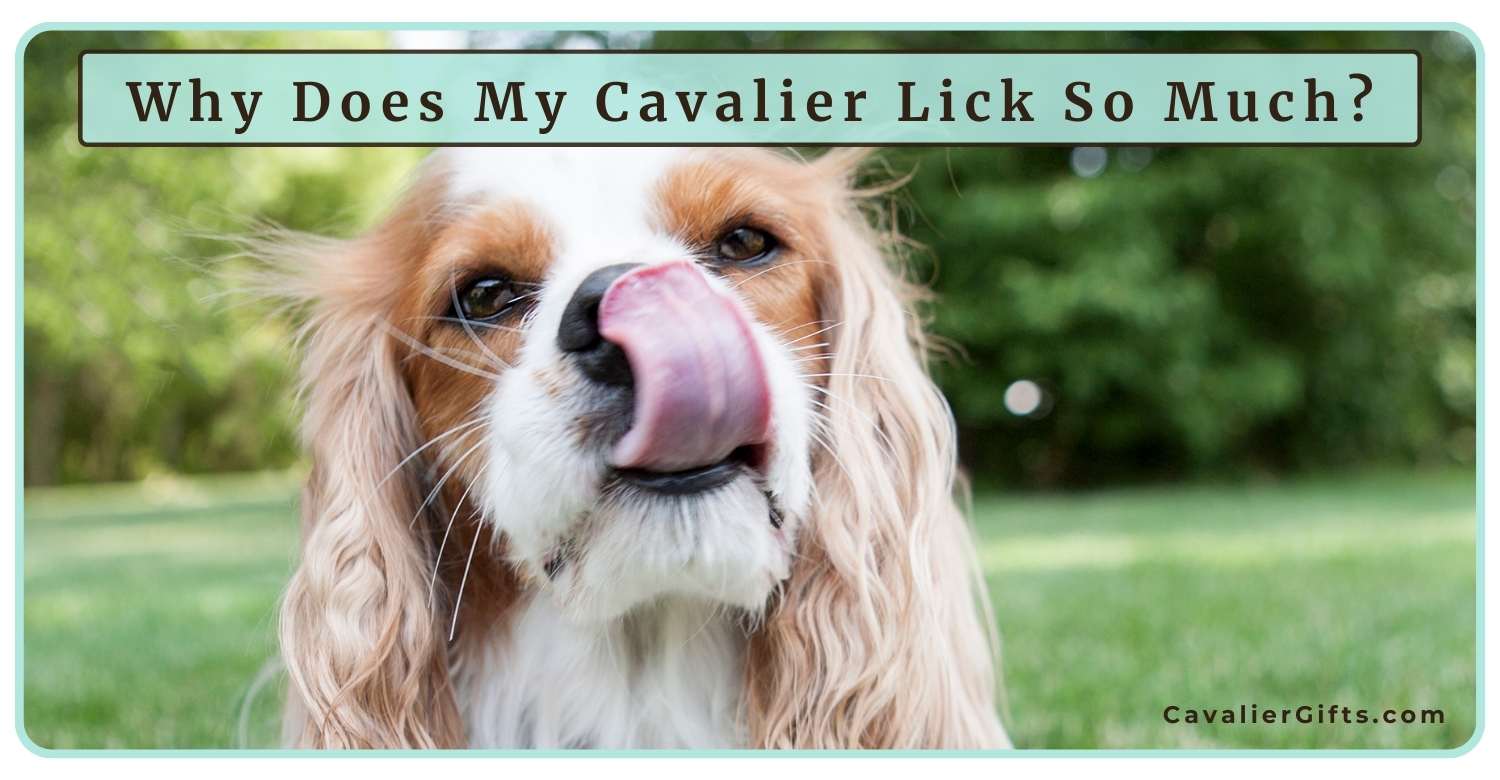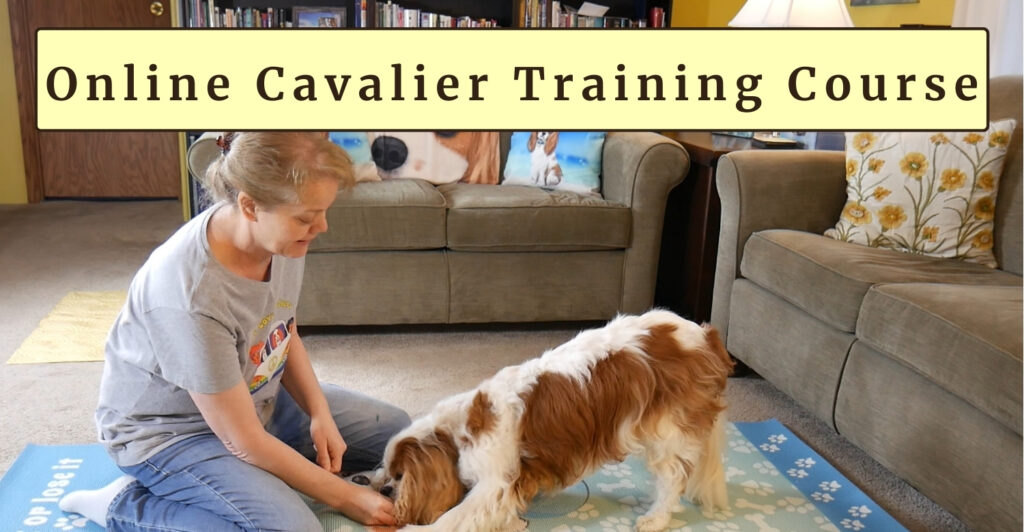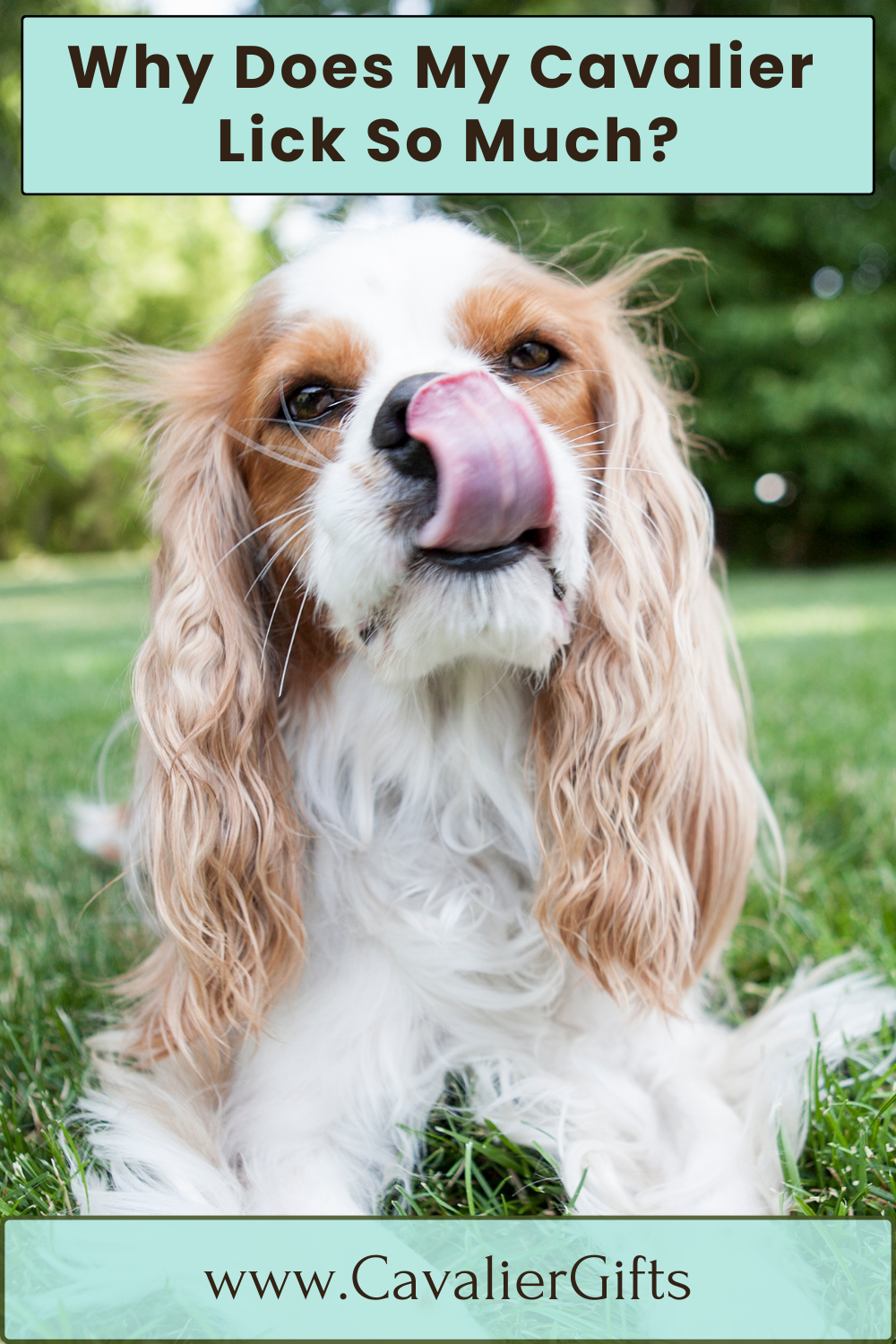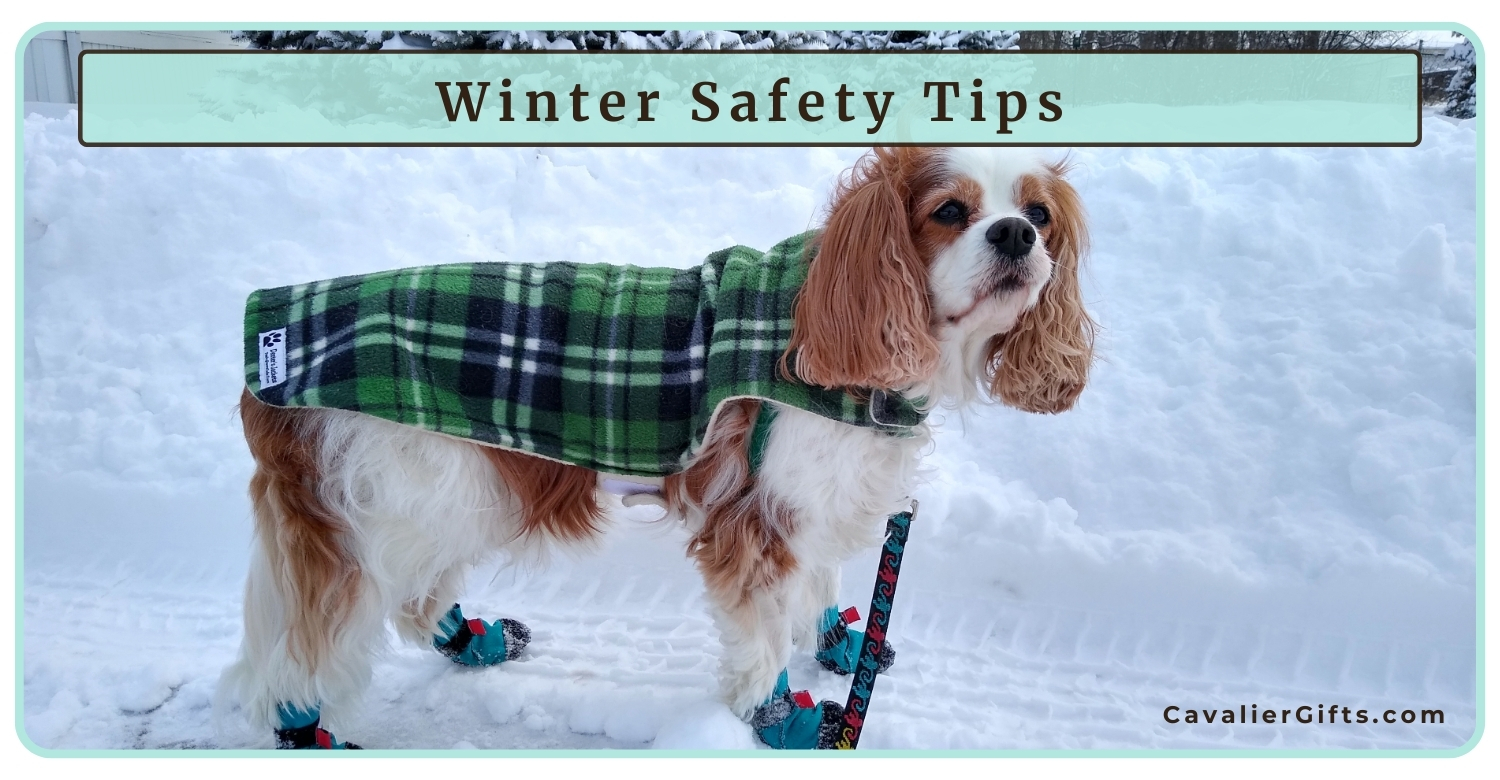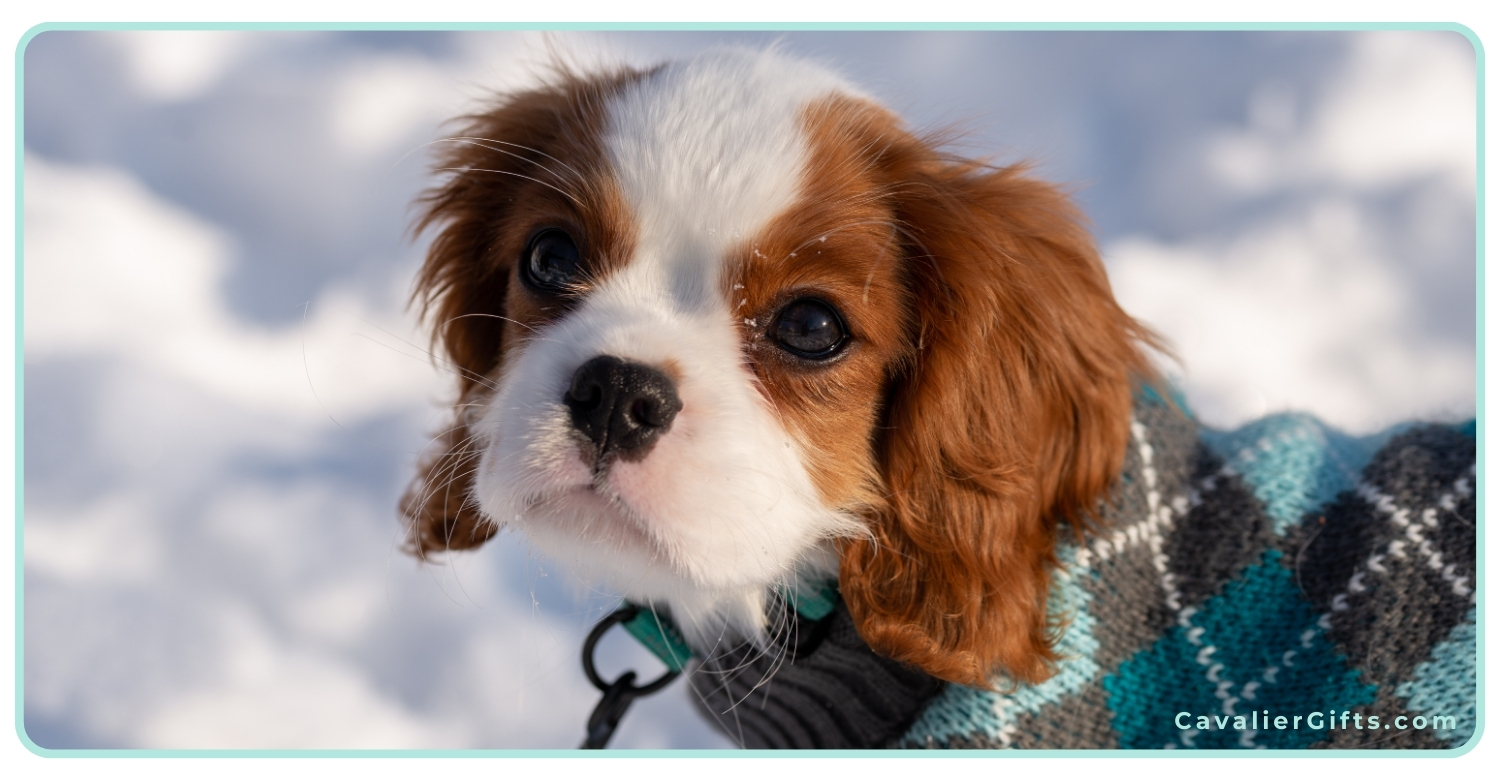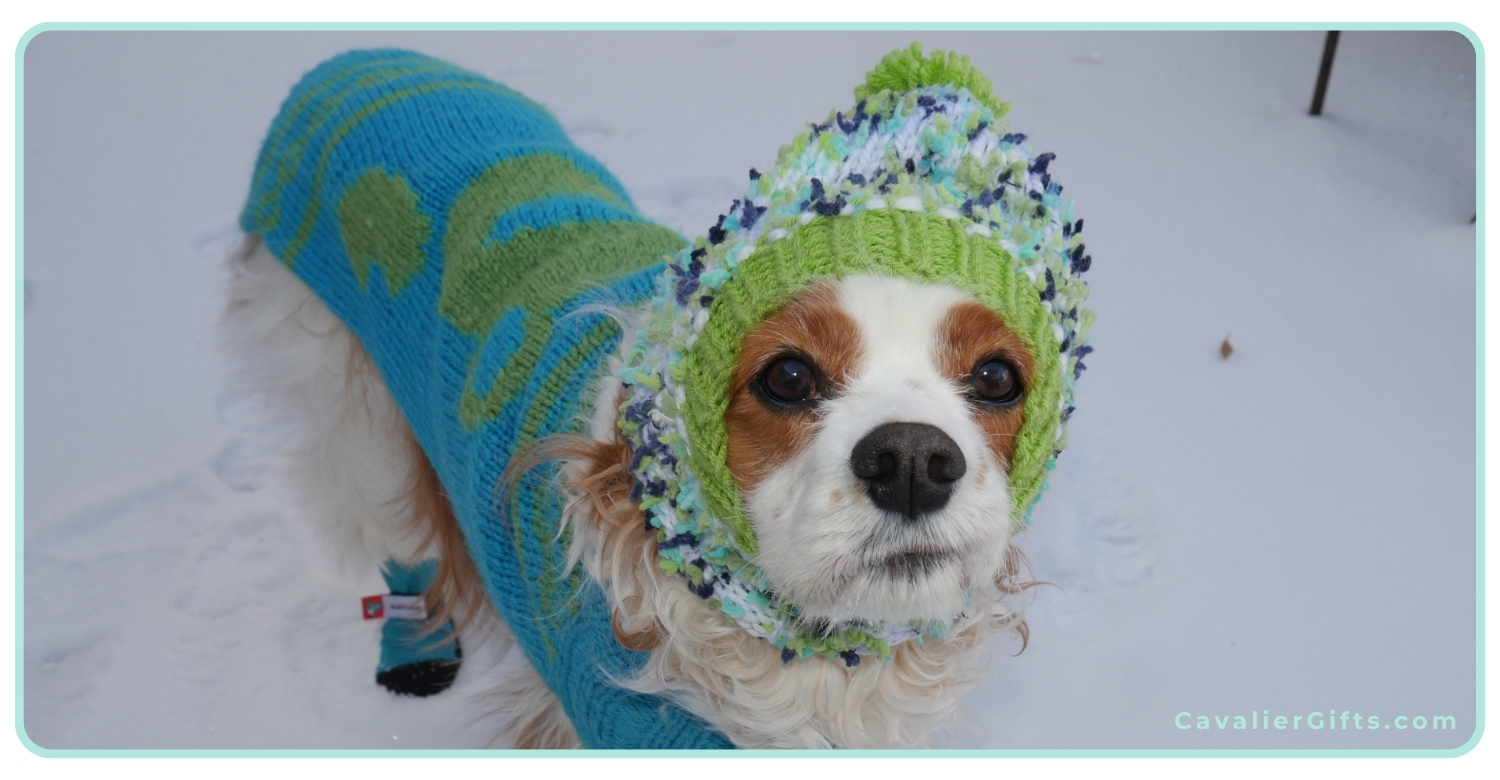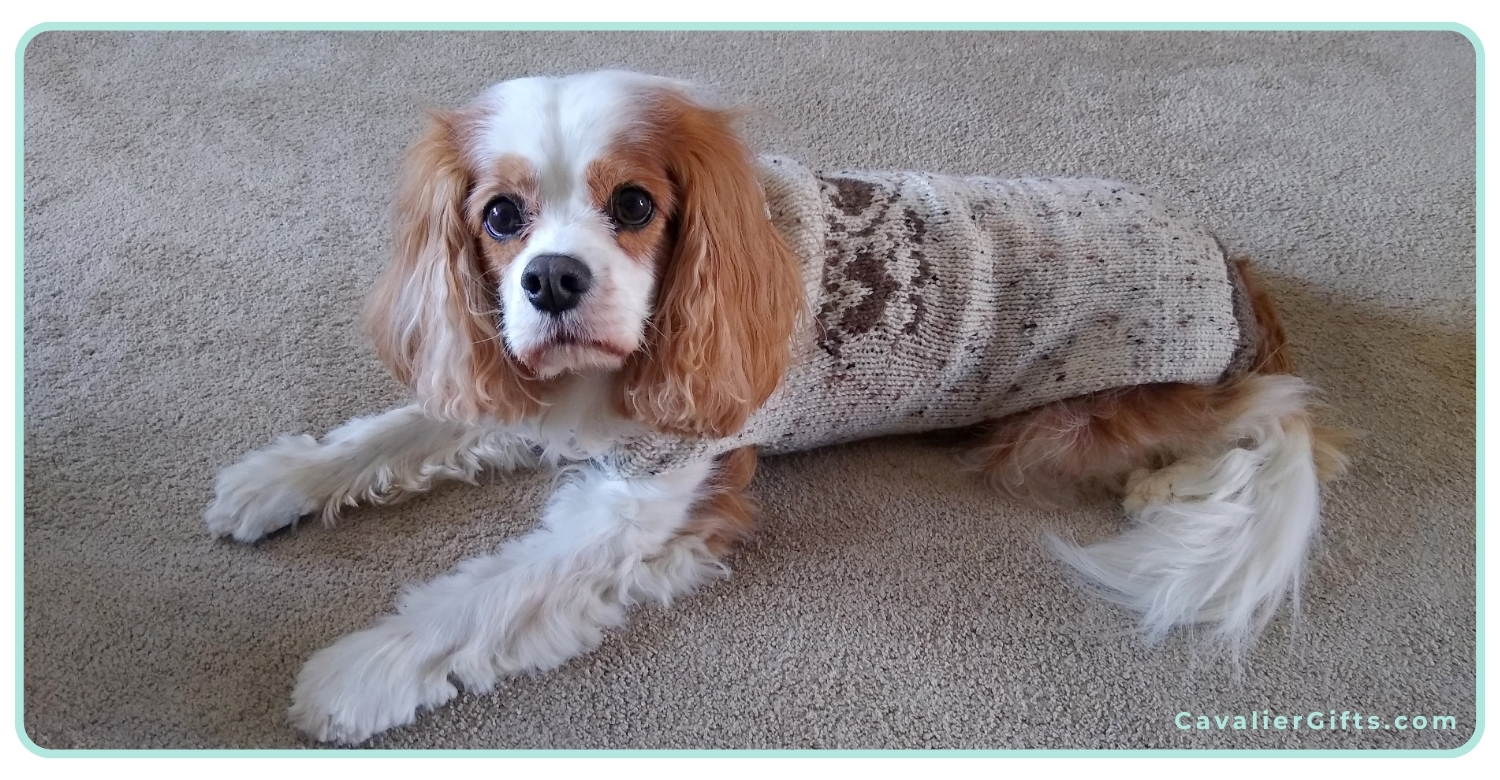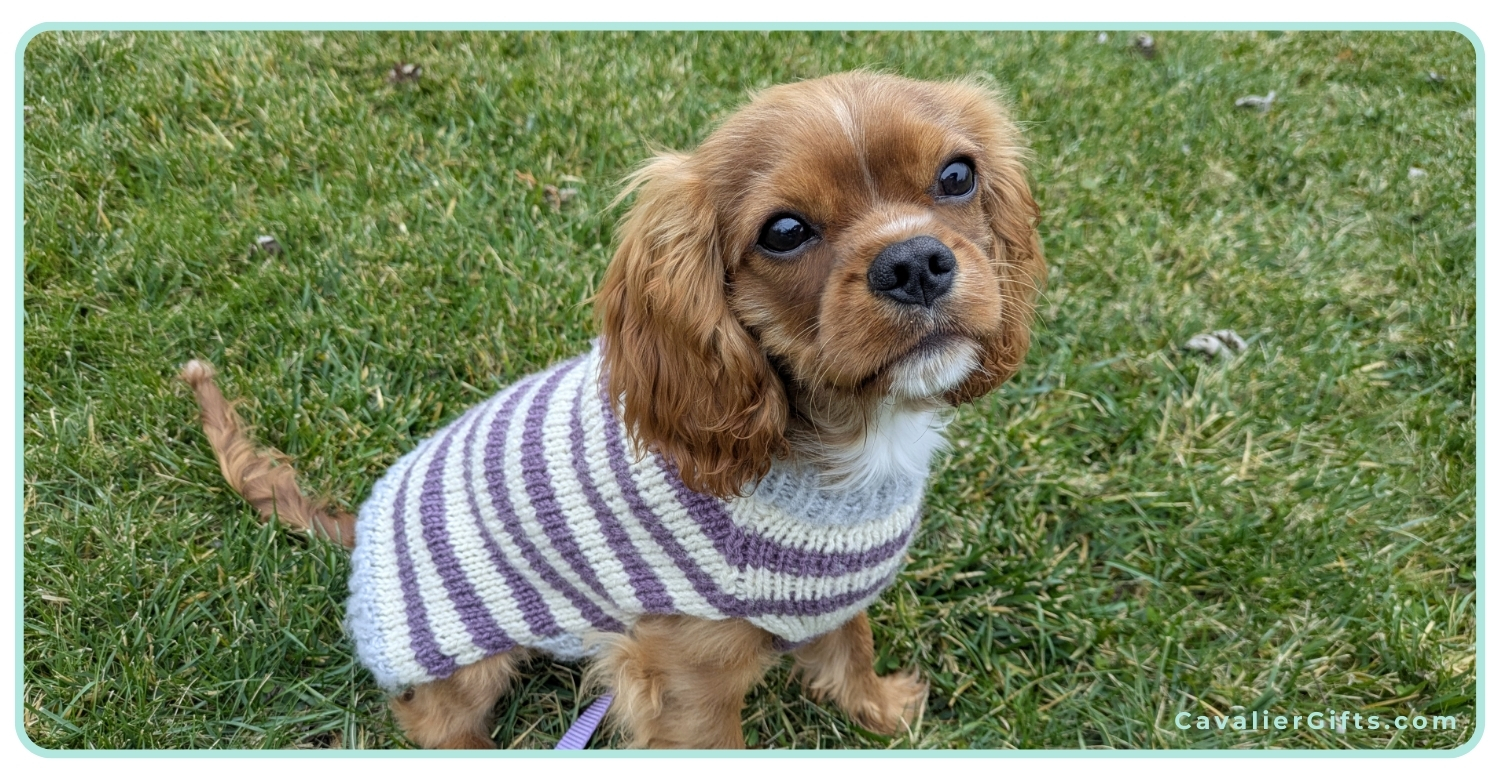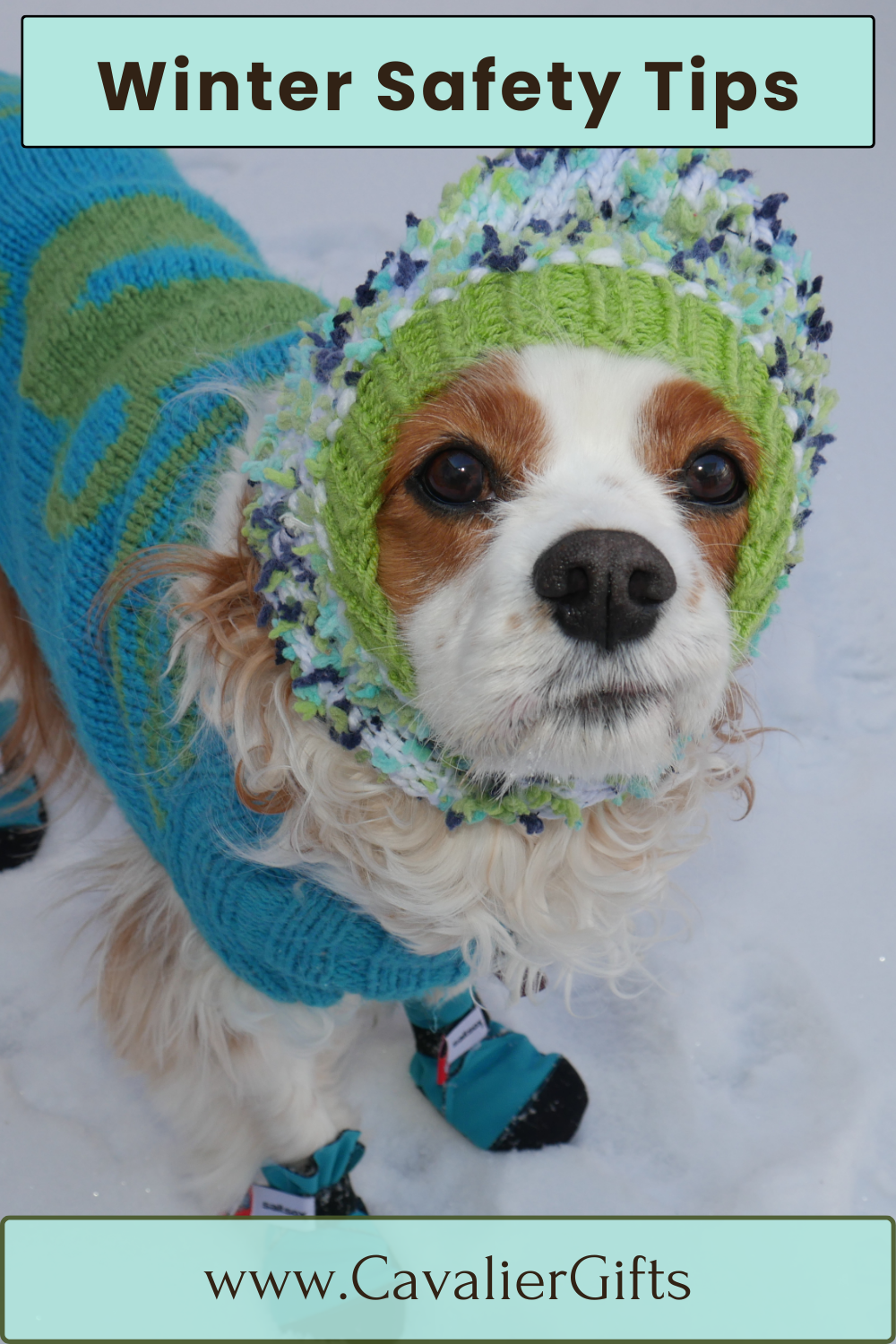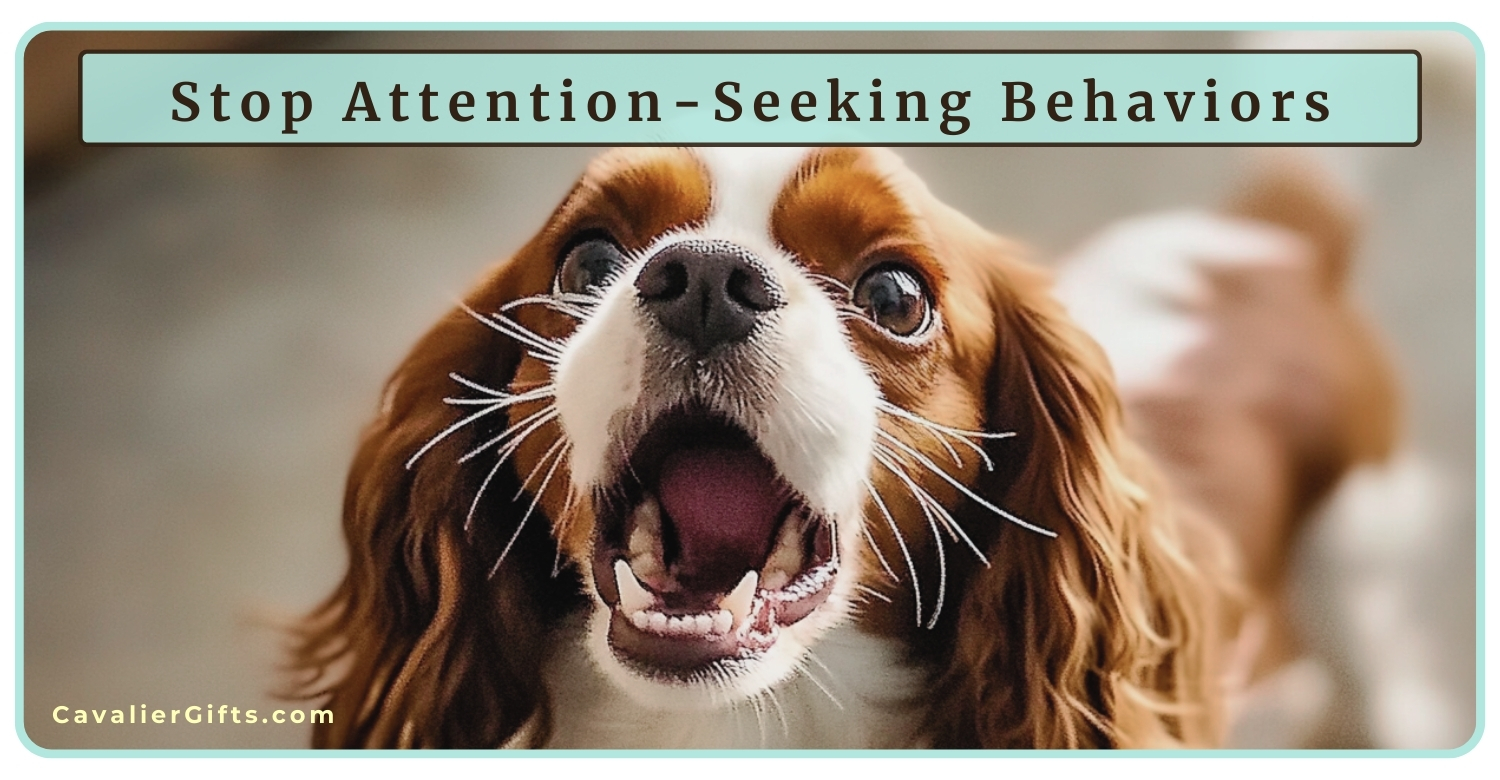Gentle, Safe, and Effective for Our Sensitive Cavaliers
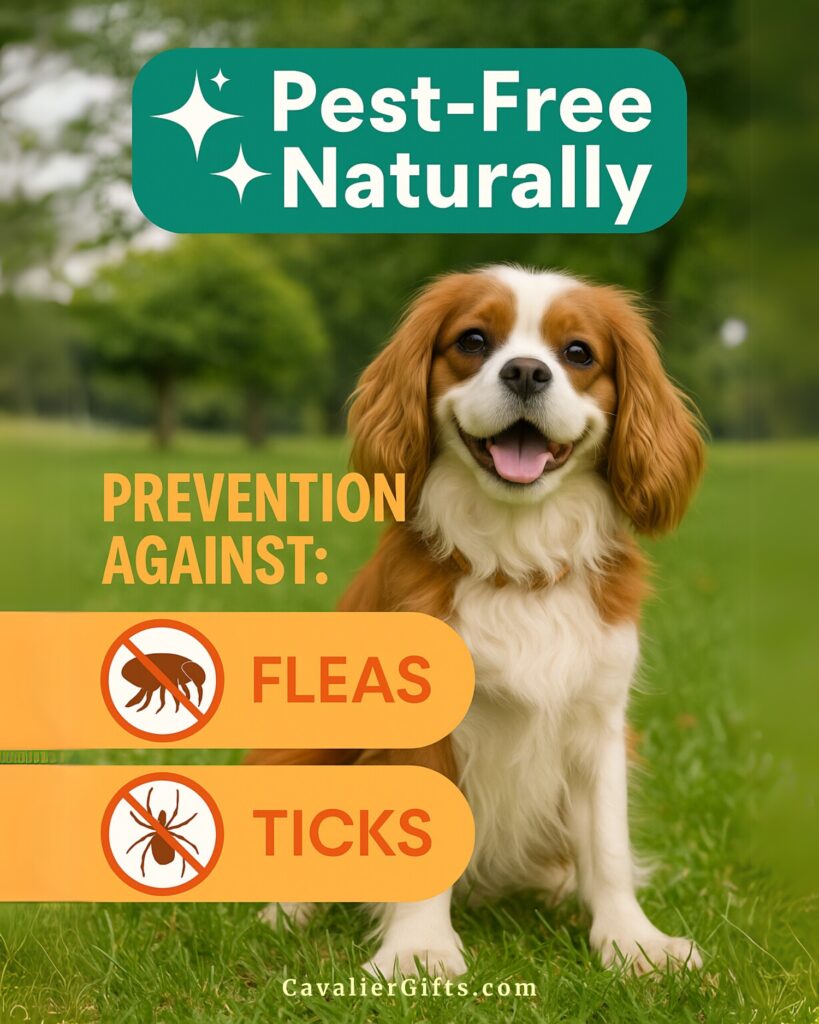

Fleas and ticks. Just hearing those words makes me itch. But as a natural Cavalier Mom, I’ve always been cautious about what I put on or in my dogs, especially with delicate and sensitive breeds like Cavalier King Charles Spaniels. These little sweet hearts often have sensitive skin, luxurious coats, and sometimes underlying conditions like Chiari malformation or syringomyelia, which can make them more vulnerable to adverse reactions.
I’ve been on this natural journey for years, first with Dexter and now with Stewart. Along the way, I’ve learned that staying chemical-free when it comes to flea and tick care is absolutely possible, it just takes a little planning and a lot of label reading.
This is the natural flea and tick routine I’ve found works best for my Cavaliers.
Why I Choose a Natural Approach for My Cavalier King Charles Spaniels
Conventional flea and tick treatments may offer quick results, but they also come with serious risks. Side effects can range from skin irritation, itching, and digestive upset to more concerning issues like tremors, seizures, and in some cases even organ damage. These are not small concerns.
For a breed like the Cavalier King Charles Spaniel, those risks are even more concerning. Cavaliers are already prone to neurological conditions like Chiari malformation, seizures, tremors, and episodic falling syndrome. I’m especially cautious about using anything that lists seizures or neurological side effects as possible outcomes. It just doesn’t make sense to use a treatment that could trigger the very issues this breed is already vulnerable to.
Choosing a natural approach isn’t about trying to be perfect. For me, it’s about reducing chemical exposure wherever I can and building a thoughtful, layered prevention plan that supports overall health instead of relying on a single product to do it all.
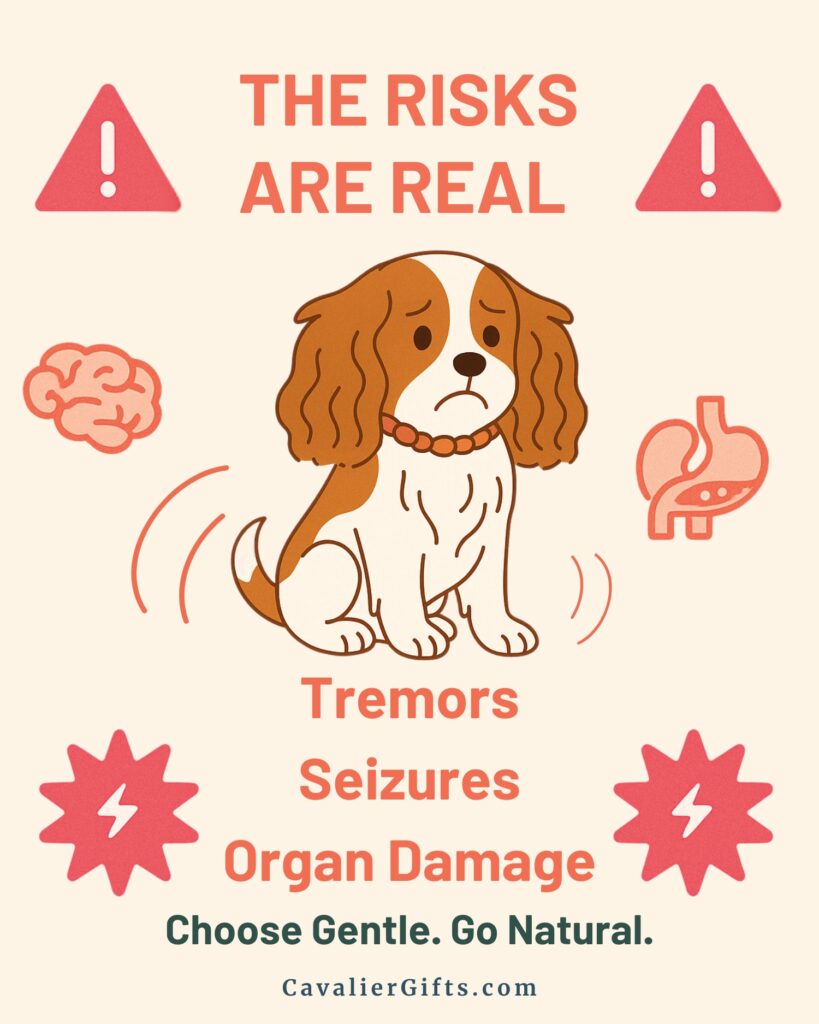

My Natural Flea and Tick Prevention Plan for My Cavalier King Charles Spaniel
1. Regular Grooming and Bathing-I bathe Stewart every three to four weeks using a safe, gentle dog shampoo made without synthetic preservatives, artificial fragrances, or harsh surfactants. I’ve been using 4-Legger’s USDA-certified organic formulas for years because I trust their ingredient panel and transparency. They have a variety of formulas that help deter ticks and fleas.
Bathing regularly doesn’t just clean your Cavalier. It helps interrupt the flea life cycle. A good soak and lather can wash away flea eggs, dirt, and debris that might attract pests. When I use a shampoo that includes properly diluted essential oils known to repel fleas and ticks, it gives Stewart an extra layer of protection even after his bath is done.
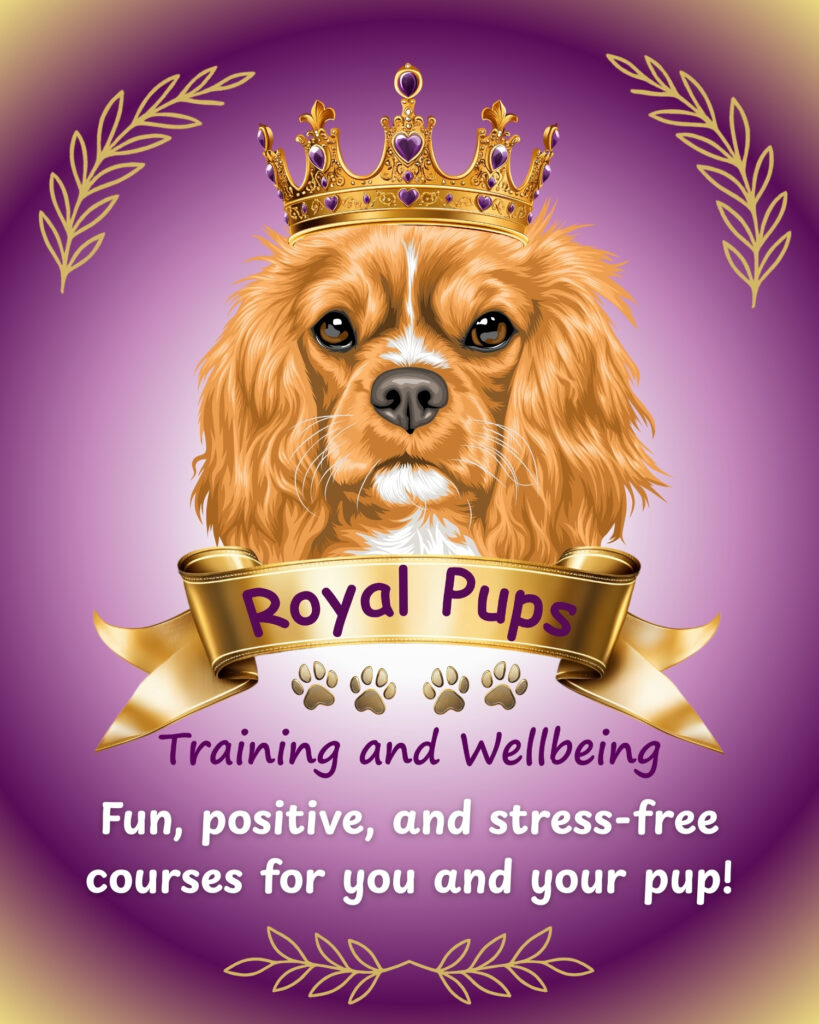

2. Natural Tick and Flea Sprays for Daily Protection-Before every walk, I spray Stewart with a natural flea and tick repellent. I pay close attention to his legs, chest, tail, and belly, basically anywhere that might brush up against grass, shrubs, or wooded areas. These sprays are one of our most important layers of protection, and I use them daily during warm weather or anytime we’re heading into a high-risk area.
Over the years, I’ve rotated between trusted store-bought options and homemade recipes using properly diluted dog-safe essential oils. I always avoid sprays with synthetic preservatives or ingredients that could irritate a dog’s skin.
When I make my own, I tailor the recipe to the season, the environment, and even the behavior of my dog. Dexter, for example, used to try to catch bees, so I avoided blends with oils like rose geranium that might attract them. The key with any natural tick and flea spray is to apply it each time your Cavalier goes outside. These blends are not designed to last for hours at a time, and a quick re-spritz before each outing is what really makes the difference. I keep a bottle near the door so it becomes part of our daily walking routine.
DIY Natural Flea and Tick Spray for Dogs
This is one of my favorite natural sprays to help keep fleas and ticks at bay, without resorting to harsh chemical treatments. It’s simple to make, and you can use it on both your dog and yourself before heading outside.
What You’ll Need:
- 3 ounces distilled water
- 1/4 ounce vodka or grain alcohol (helps disperse oils evenly)
- 1/4 teaspoon vegetable glycerin (moisturizing and helps blend)
Essential Oils:
- 4 drops Cedarwood– repels fleas and ticks while being gentle on skin
- 4 drops Geranium– especially helpful against ticks
- 3 drops Lavender– calming and gently repels insects
- 1 drop Citronella– useful for deterring mosquitoes, fleas, and ticks
- 1 drop Peppermint– offers cooling relief and additional repellent support


Grab my free Natural Flea and Tick Prevention Guide plus a bonus page on creating a dog-safe garden to help keep pests away naturally. Click to download your free copy!
How to Make It: Add all the ingredients to a 4-ounce (or larger) amber or cobalt blue glass spray bottle. Shake gently to combine.
How to Use It: Before walks or time outside, shake well and lightly mist your dog’s legs, belly, tail, and along the back. Always avoid spraying near the face and eyes. For areas like the ears, chest, or neck, spray a small amount into your hands first, then gently rub it into your dog’s fur. This helps you apply it more precisely and makes sure it reaches the coat and skin. Always apply when your dog is dry for best results.
Storage Tip: Store your spray in a cool, dark place and an amber or cobalt glass bottle helps protect the essential oils from light exposure, which can cause them to break down over time. Shake before each use to keep the oils properly dispersed.


Simple DIY Natural Flea and Tick Spray for Dogs
When I first started making Dexter’s flea and tick sprays, I kept things really simple. I used just distilled water and a few carefully chosen essential oils. Using just distilled water and essential oils is a great option if you plan to make small batches and use them up fairly quickly. It is easy, gentle, and perfect for Cavalier parents who want something simple. You will still need to shake the bottle well before each use, just like with any natural spray.
If you want your spray to blend a little more evenly and stay fresher a little longer, using the above recipe with the grain alcohol and vegetable glycerin can help. Alcohol acts as a natural preservative and helps the oils disperse a little better through the water. Glycerin can also add some moisture to the coat and skin.
Both options are good, it really depends on what fits best with your dog’s needs and your routine. If you are going through the spray quickly, distilled water and oils work just fine. If you want a little more staying power and an extra moisturizing boost, the version with alcohol and glycerin might be a better fit.
You can also check out four of Dexter’s natural flea and tick spray recipes on my Raising Your Pets Naturally blog.
Watch now and don’t forget to subscribe to @RaisingYourPetsNaturally YouTube for more!
Why Different Natural Tick and Flea Sprays Work for Different Dogs
One thing I learned through experience and from chatting with other natural pet parents is that not every spray works the same way for every dog. Some ticks are more common in certain regions and are repelled by specific essential oils. That’s why I rotate between formulas and stay flexible with what I use. If something stops working, I adjust. It’s not failure, it’s just part of the process.
3. Apple Cider Vinegar for Flea and Tick Support-Raw, unfiltered apple cider vinegar (ACV) is another natural tool I like to keep on hand as part of a layered approach to flea and tick prevention. While it won’t kill fleas or ticks, it can help make your dog less appealing to them.
You can make a simple spray by mixing equal parts raw ACV and distilled water in a spray bottle and lightly misting your dog’s legs and belly. Just be sure to avoid the face, and only use it on healthy, unbroken skin. If your dog has any skin sensitivities or open spots, it’s best to skip ACV topically.
You can also add a small amount of ACV to your Cavalier’s food or water. Not all dogs tolerate vinegar well, especially those with sensitive stomachs or urinary issues. It’s also important if you add it to your Cavalier’s water, they also have non-altered fresh water available.


4. Amber Collars for Natural Flea and Tick Repellent Repellant-Another layer is a raw Baltic amber collar. These collars are made from unpolished amber resin that naturally releases aromatic compounds when warmed by your dog’s body. These compounds can help repel ticks and fleas without adding any scent or chemicals to your dog’s skin.
While I wouldn’t rely on them as the only form of protection, I absolutely feel they can help in the overall care to keep our Cavaliers tick and flea free naturally. They’re lightweight, chemical-free, and easy to clip on. With Cavaliers, just make sure the collar sits comfortably behind their ears and doesn’t tangle with their feathering. If your Cavalier has Chiari malformation, this may not be an option if they can’t wear a collar comfortably.
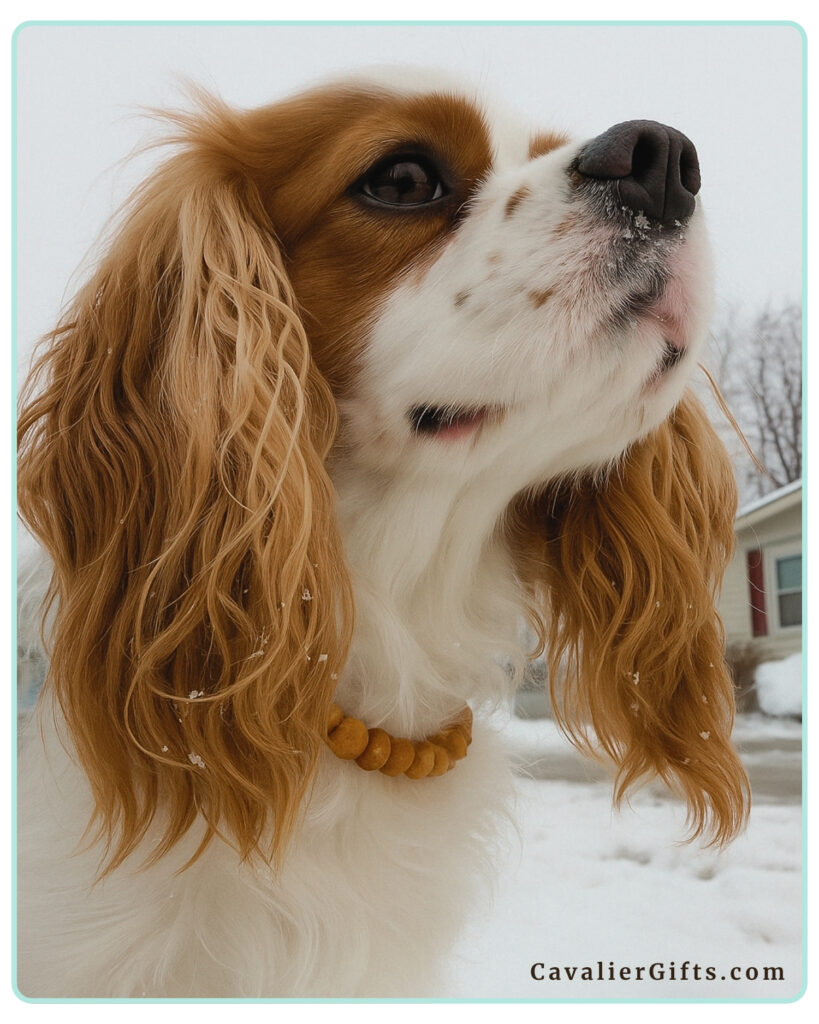

5. Ultrasonic Tick Tags-Another tool to add to your flea and tick routine is an ultrasonic tick tag. There are various brands that make these small devices that clip onto your dog’s collar or harness. They emit a high-frequency pulse that humans and dogs can’t hear, but it’s designed to interfere with a tick or flea’s ability to orient themselves toward your dog.
These tags are scent-free and totally safe for sensitive dogs like Cavaliers. This type of tag is helpful during hikes, trail walks, or visits to areas known for higher tick populations. It’s a simple, noninvasive step that adds an extra layer of protection.
6. Diatomaceous Earth for Natural Flea and Tick Prevention-Food-grade diatomaceous earth is another natural tool I use as part of our flea and tick routine. It’s a fine powder made from fossilized algae that works by drying out the exoskeletons of pests like fleas and ticks. I don’t use it as a primary prevention method, but it’s a helpful layer, especially after we’ve been somewhere with higher pest exposure.
To apply, I lightly sprinkle a small amount down Stewart’s back and gently brush it into his coat, avoiding his eyes, nose, and mouth. It’s best used when your dog is dry and in a well-ventilated area. You can also use it on bedding or around baseboards during flea season as part of a regular cleaning routine.
Watch how I apply it and don’t forget to subscribe to @CavalierTipsandFun YouTube channel for more!
7. Using Garlic to Support Immune Health and Repel Fleas Naturally-Garlic might be controversial in some circles, but when used responsibly, it’s one of my go-to immune support tools. Garlic often gets a bad reputation because in 2000, they did a study on four dogs and gave them an extreme amount of garlic ( about 25 cloves a day for a 25-pound dog), and they had a bad reaction. That’s not even close to how we’d use garlic in a natural, supportive way. You can read the study here.
I started using fresh garlic years ago with Dexter, and it’s something I continue with Stewart now that he’s old enough for it. Garlic supports the immune system and helps repel fleas and ticks from the inside out. I only use fresh, organic garlic, peeled and minced about ten minutes before mealtime to allow the allicin to activate. Then I mix it into Stewart’s food. I never exceed the recommended amount and only feed garlic for up to three days in a row, followed by five to seven days off.
I never use garlic with puppies, pregnant or nursing dogs, dogs with anemia, or those with upcoming surgeries. It’s not a fit for every dog, so I always recommend checking with a holistic vet first.
Garlic Dose For Dogs: The approximate dose of fresh, organic garlic is 1/8 teaspoon for a 5 pound dog, 1/4 teaspoon for dogs between 6 and 10 pounds, 1/2 teaspoon for 11 to 15 pounds, 3/4 teaspoon for 16 to 20 pounds, and 1 teaspoon for dogs between 21 and 30 pounds. Dogs between 31 and 50 pounds can have 1 1/2 teaspoons, and those over 51 pounds can have up to 2 teaspoons.
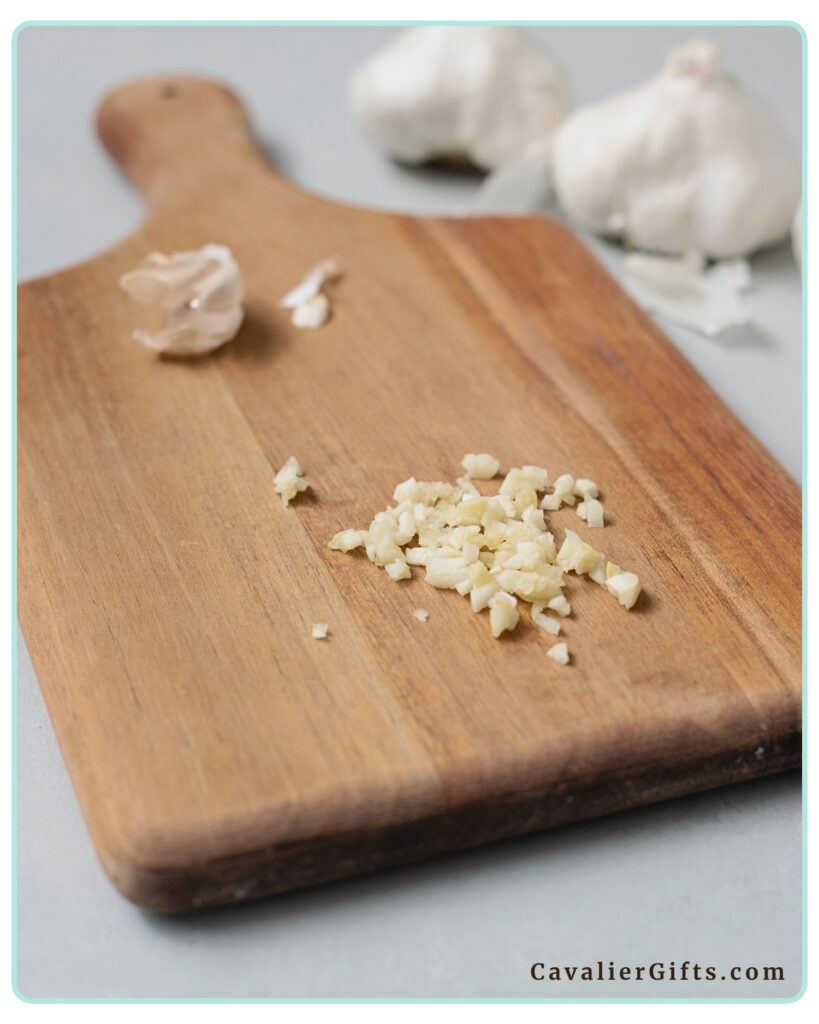

8. Spotting and Removing Ticks and Fleas from Your Cavalier King Charles Spaniel-No matter how many prevention tools we use, I always do a hands-on check after walks or outings, especially during peak tick season. I check Stewart’s paws, armpits, ears, groin area, and the base of his tail. These are the spots where ticks love to latch on.
If I do find a tick, I remove it immediately with a tick remover or fine-point tweezers, making sure to grab close to the skin and pull straight out. Afterward, I place it in a bottle with alcohol and wash my hands. I’ve found this routine not only gives me peace of mind but also helps me stay in tune with any changes in Stewart’s skin or coat.
A Quick Note About Dexter’s Experience
As Dexter was in his late senior years and his neurological condition progressed, I started to notice the occasional flea here and there, more than we had seen in the past. His immune system wasn’t as strong, and that likely made him more vulnerable to pests. This isn’t uncommon in aging dogs or those with health challenges. Their bodies just don’t have the same defenses they once did.
I made it a daily routine to sit with Dexter and go over him carefully with a flea comb and a small jar of alcohol to catch any runners before they could become a real problem. I also stayed on top of sweeping and washing his bedding regularly. Thankfully, it never got out of control, just a flea here and there, but it reminded me how important it is to stay consistent.
It also reinforced why I’ve always chosen to avoid harsh flea treatments. With Dexter’s compromised system, exposing him to chemicals could have caused even more serious issues. Supporting his health naturally, with gentle and consistent care, was always the safest choice for him.
Final Thoughts on Natural Flea and Tick Care for Cavaliers
If you’re just starting your natural flea and tick care journey, start small. You don’t have to change everything at once. Pick one new step, try it, and see how it fits your dog’s life. Read labels. Ask questions. And most of all, give yourself grace as you navigate what feels right for you and your Cavalier.
Cavaliers are worth the extra effort, and with how sensitive they can be, choosing gentle, natural care just feels like the right thing to do.
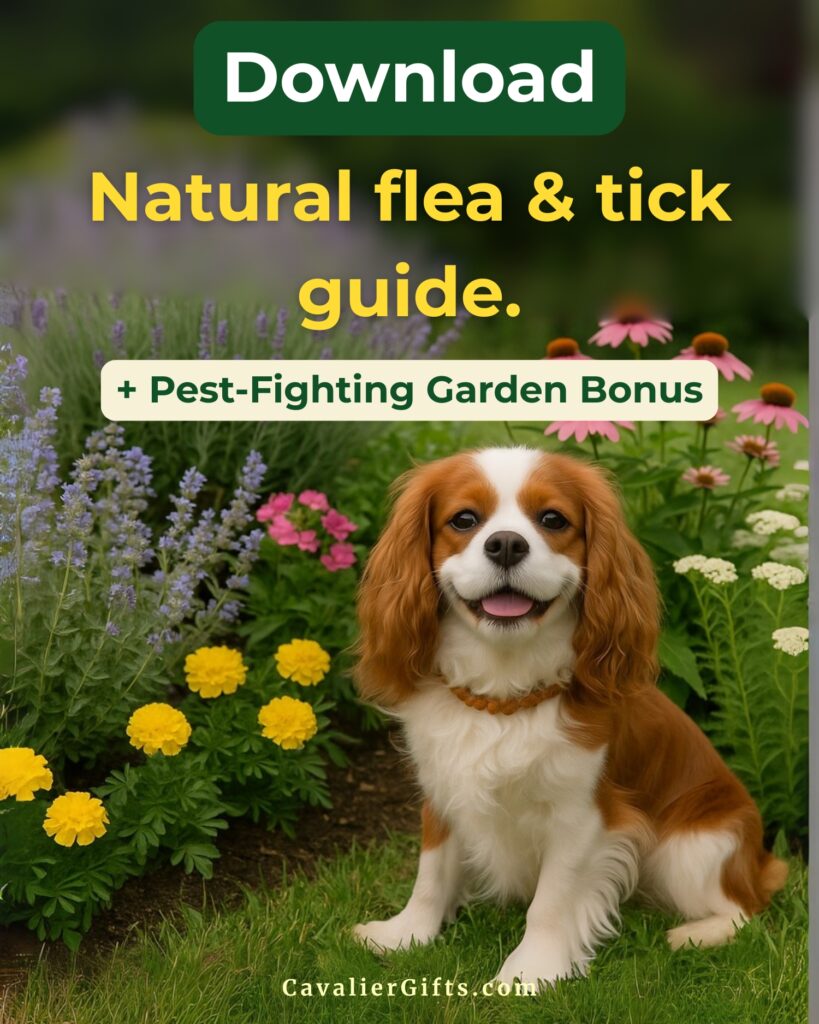

Grab my free Natural Flea and Tick Prevention Guide plus a bonus page on creating a dog-safe garden to help keep pests away naturally. Click to download your free copy!
Google Ad Below
